32 high energy dog breeds that are perfect for active pet parents
These high energy dog breeds are perfect companions for pet parents who like to be out and about.
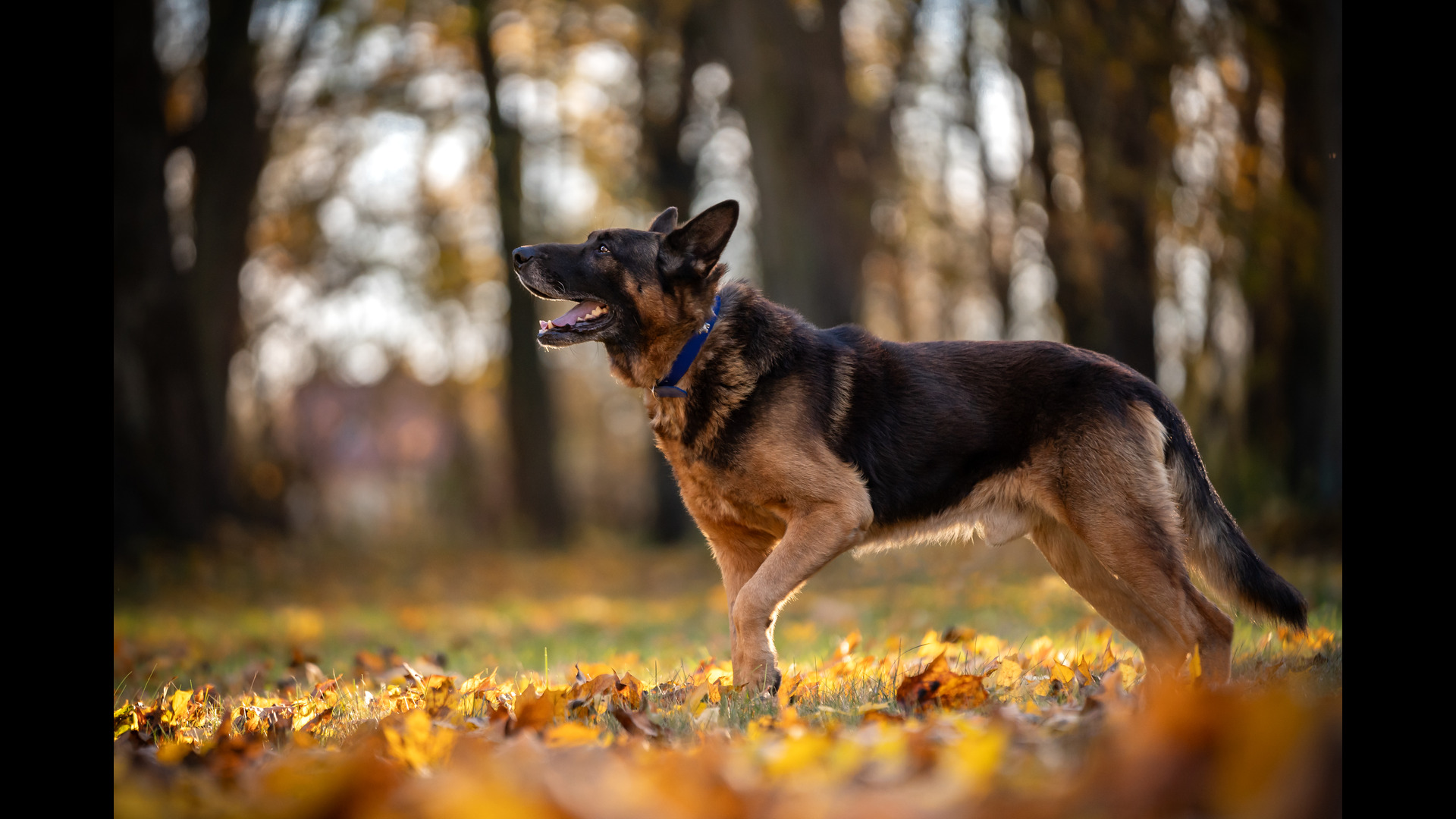
A high energy dog breed is going to be the perfect companion for those pet parents who have a more active lifestyle. If your hobbies include walking, hiking, or even swimming then you will want to consider one of these dog breeds.
If you are already lucky enough to have one of these breeds you want to ensure that you are filling your pup's day with activities to help them burn off some of that energy. Things like long walks, obstacle courses, or a nice game of fetch can be just the thing to satisfy your dog's craving for some physical movement.
You also want to make sure that you have the right equipment to support your dog during these activities. Items like the best dog leashes or the best dog harnesses can help your pup stay safe while exploring outside.
Now let's get into our list of high energy dog breeds and see which pups have made the cut.
High energy dog breeds
1. Border Collie
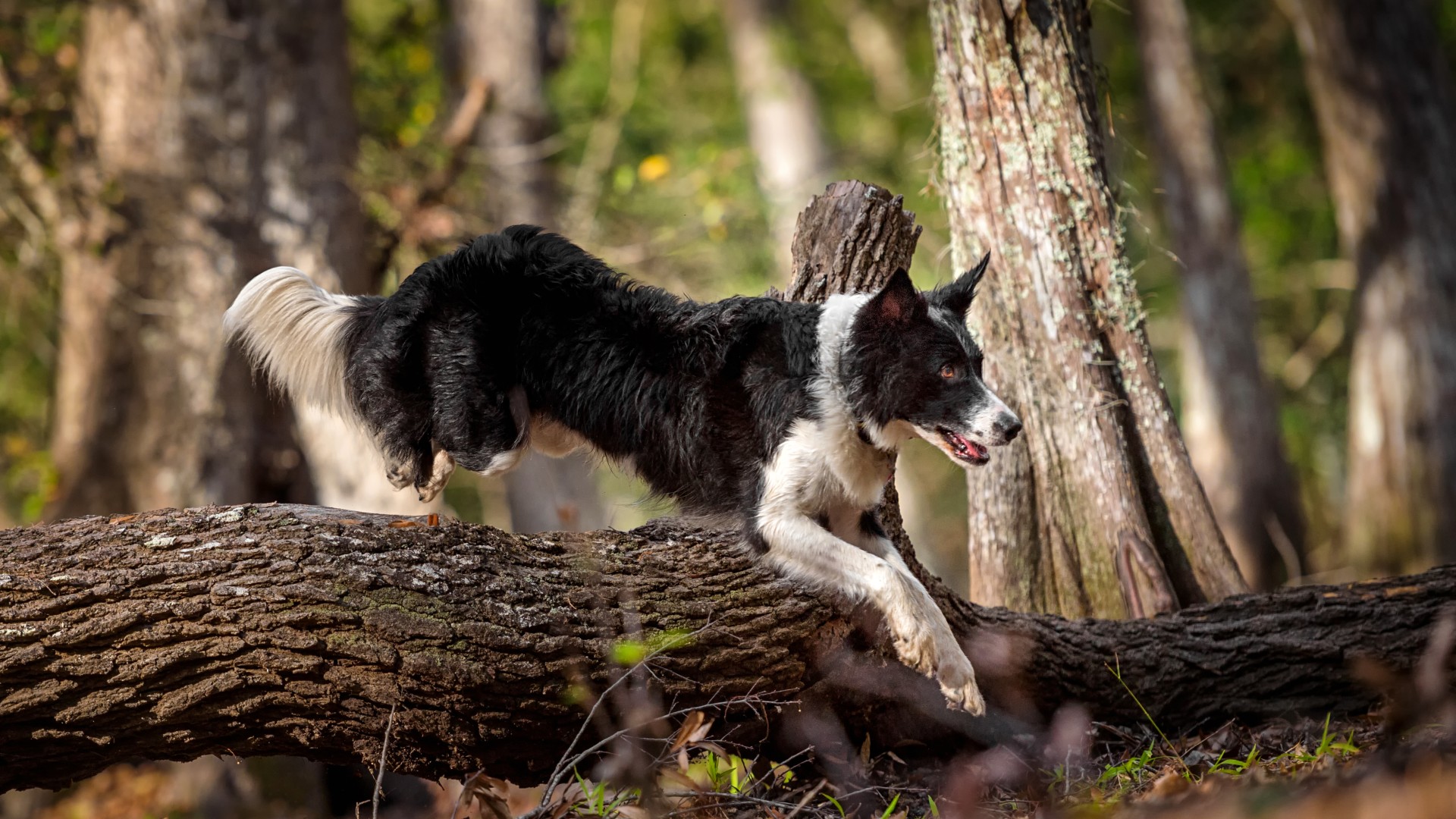
Border Collies are an extremely intelligent breed. Originally bred to help herd sheep, it makes sense that this breed is full of energy and is happiest running around outside.
2. Irish setter
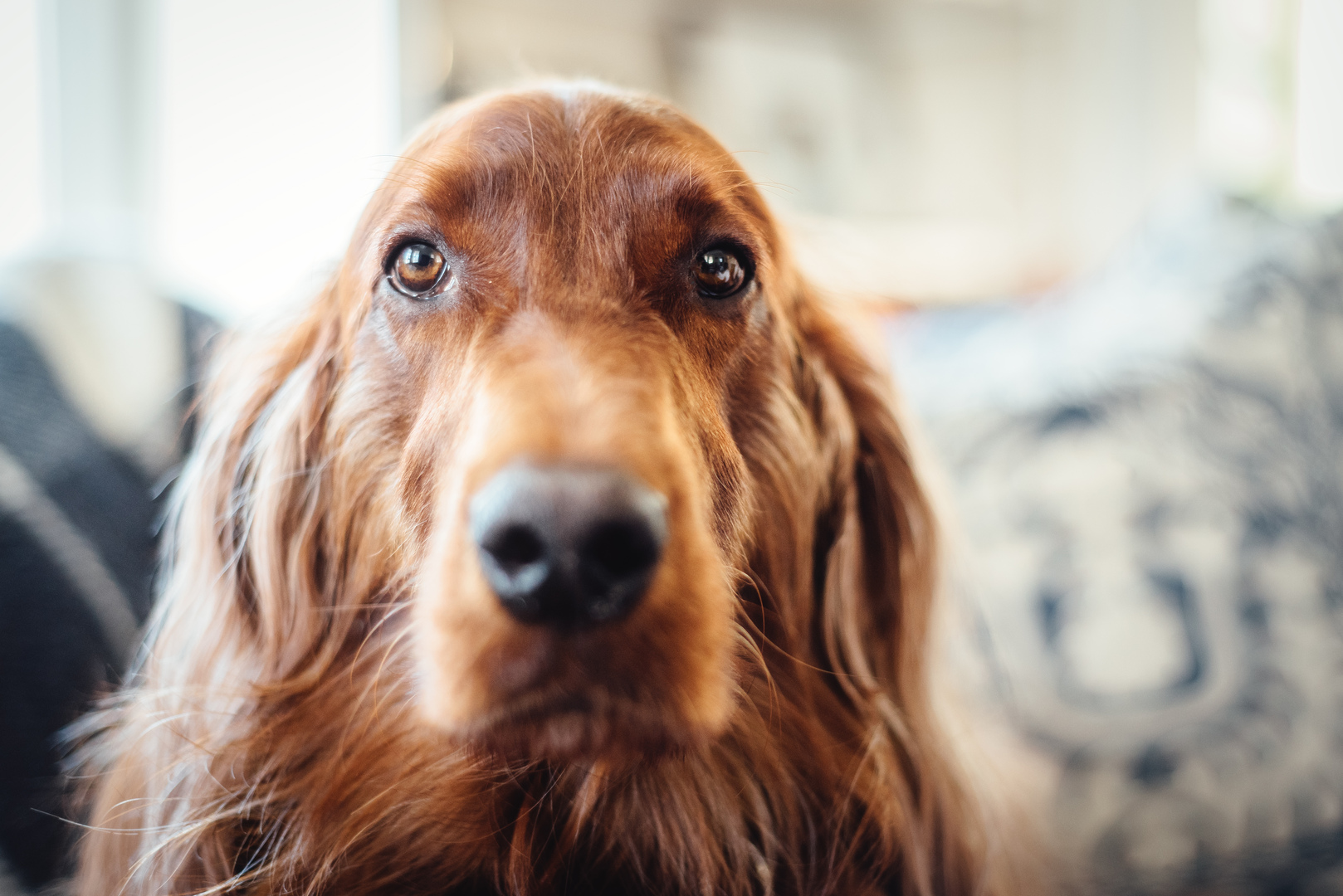
These cute pups were originally known as the Irish red setter. These dogs excel in physical sports and obstacle courses. Don't let their small stature fool you, while they stand at just two feet tall, these pups have big-time energy. So be sure to offer them loads of opportunities to stretch their legs.
3. Australian shepherd
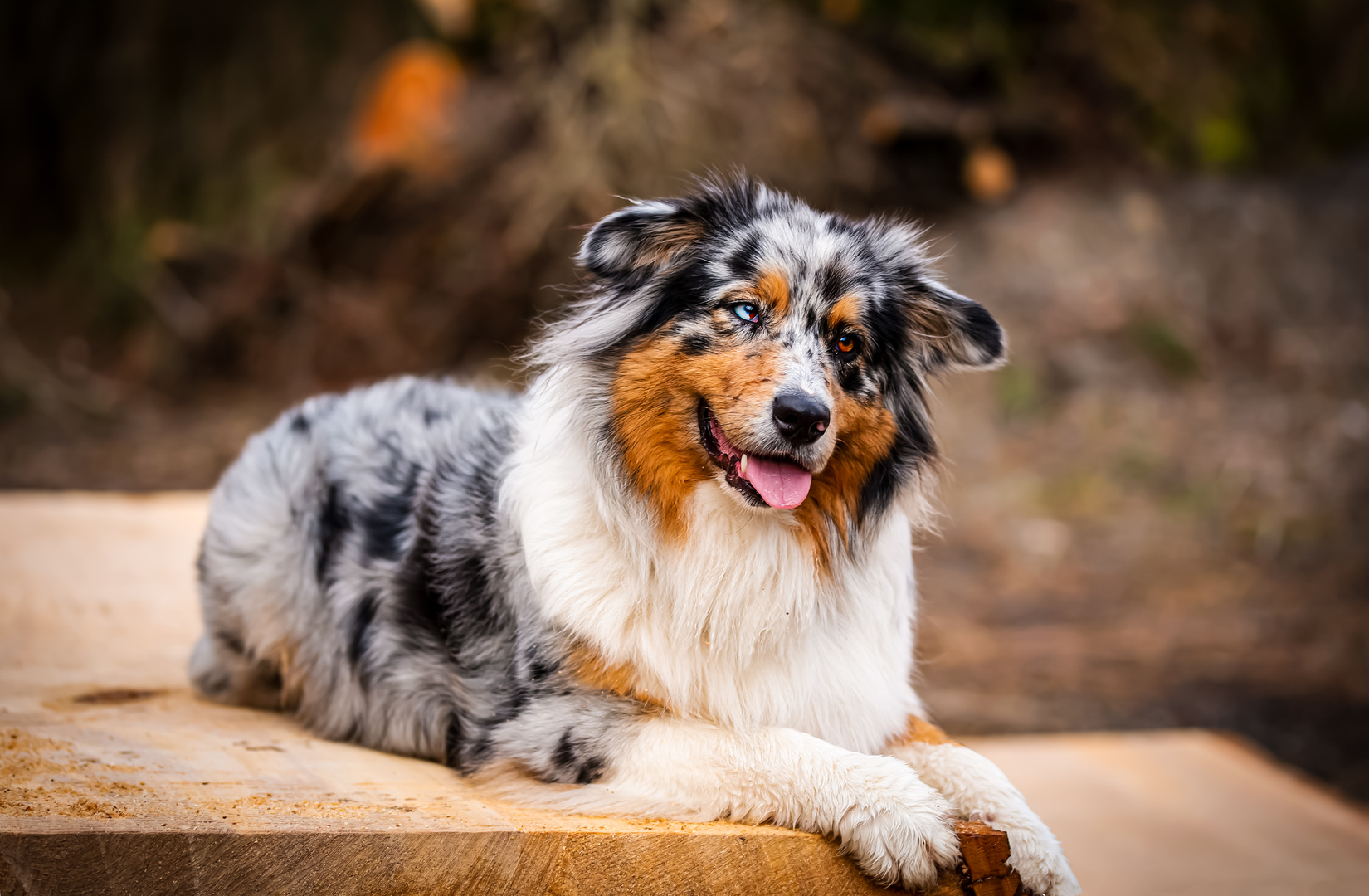
Australian Shepherds are thought to have descended from Spain. They were used frequently in the United States for herding sheep. But surprisingly were most loved for their work in rodeos. This very intelligent breed was not only great at herding bulls but also performed tricks that the audience loved.
Get the best advice, tips and top tech for your beloved Pets
4. Boxer
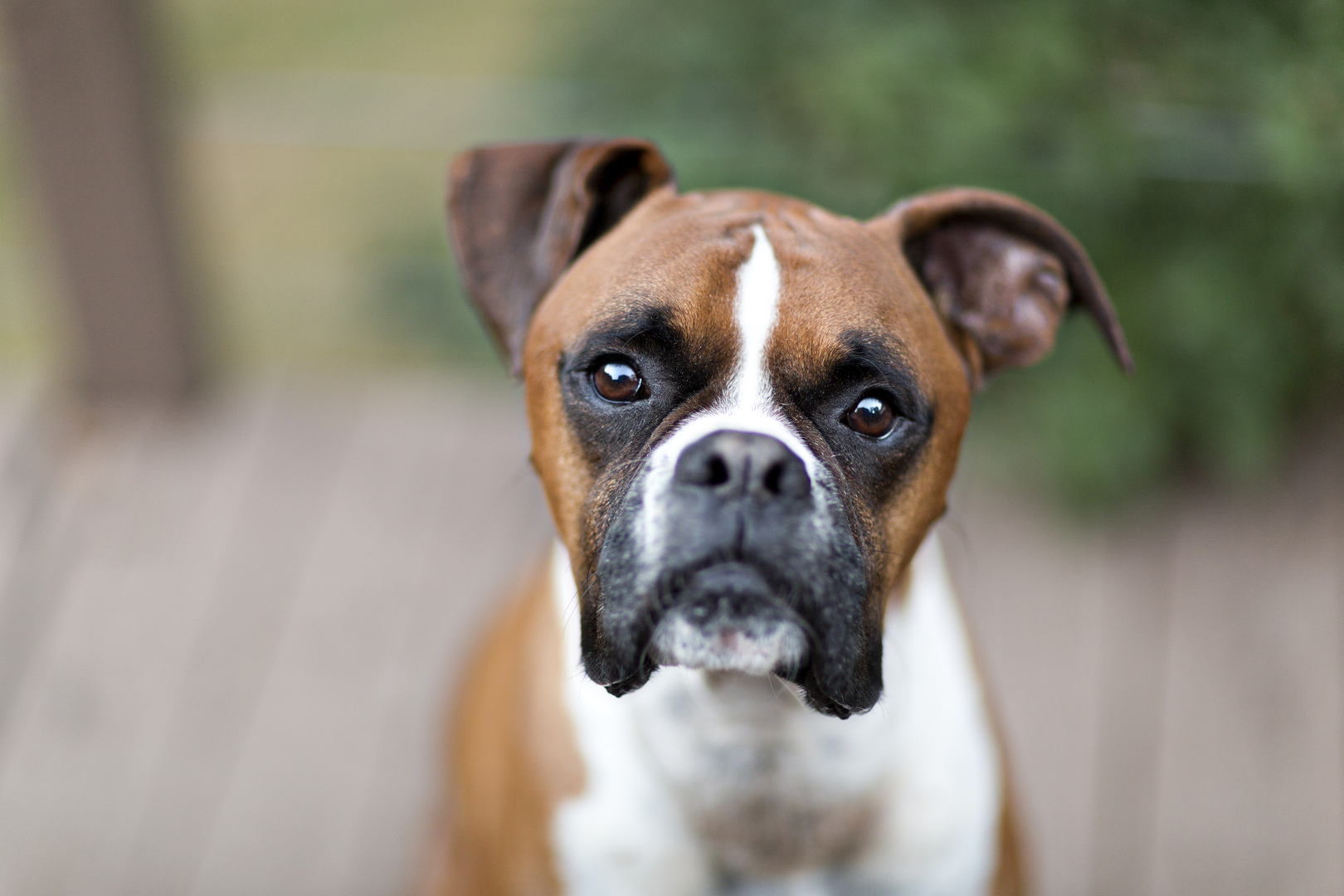
Boxers are best known for the connections they make with their pet parents. They are very affectionate dogs and they love jumping. Teaching your boxer friend the "Down" command might be one of the first quick and easy tricks to teach.
5. Australian cattle dog
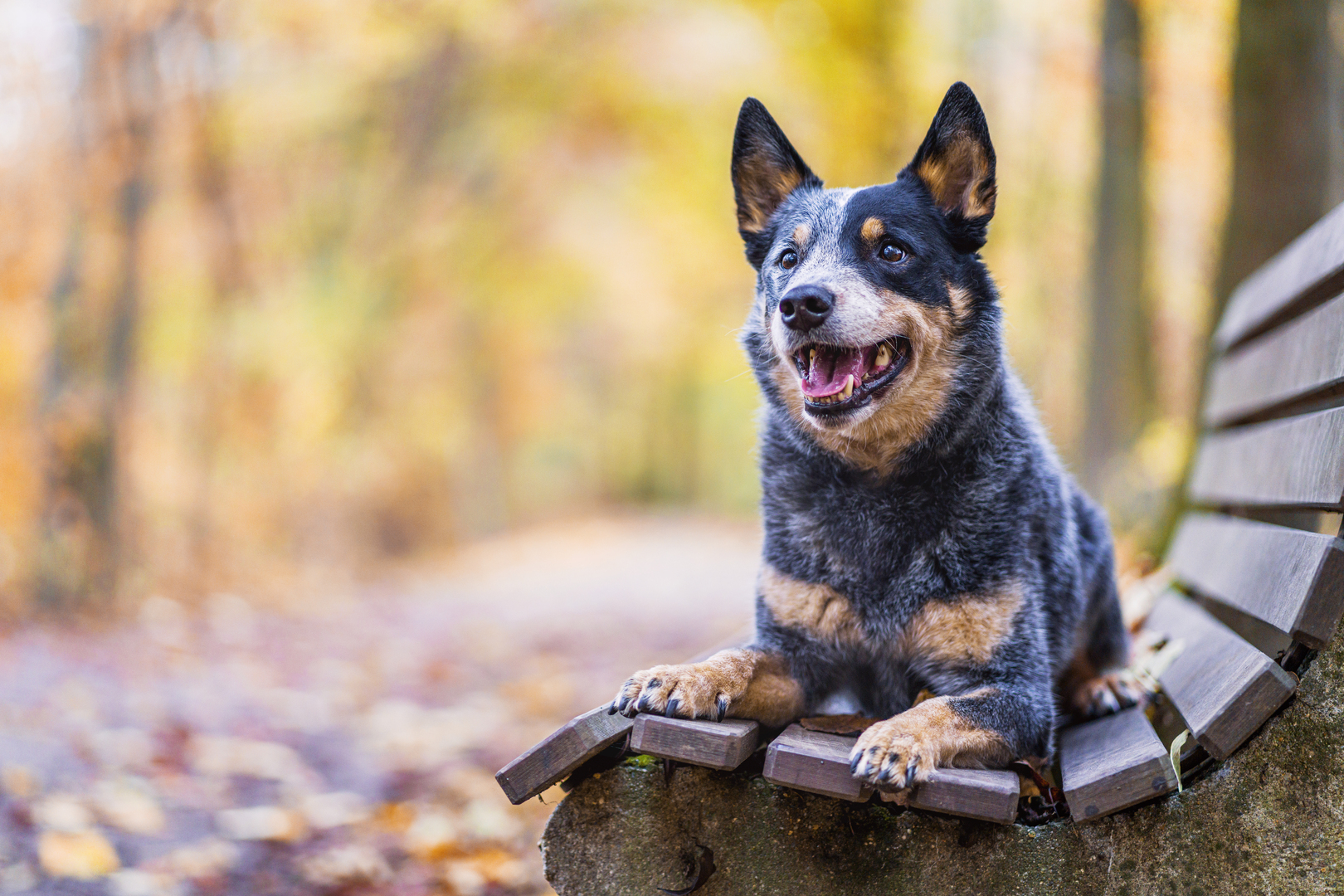
Another breed originally made for herding, this breed does best when they have a job to do. Australian Cattle Dogs can get into all kinds of mischief if they get bored so keeping them busy is best.
6. Dalmatian
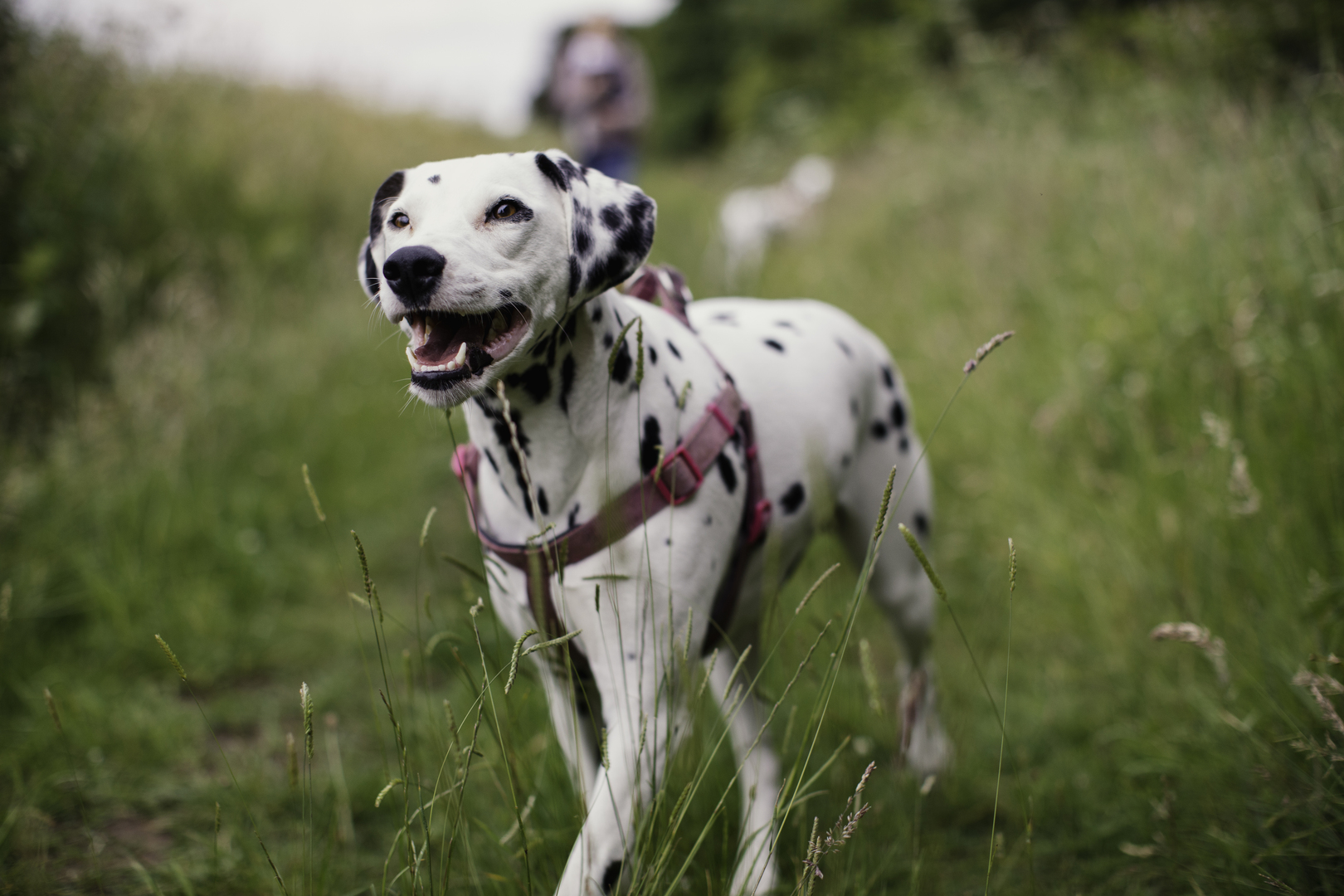
Most famously known for their spots, these dogs love getting out and about. Dalmatians require a lot of exercise. Try out some of the best dog walks or if you have the space for one of the best swimming pools for dogs to take a dip on a hot day.
7. Jack Russell terrier
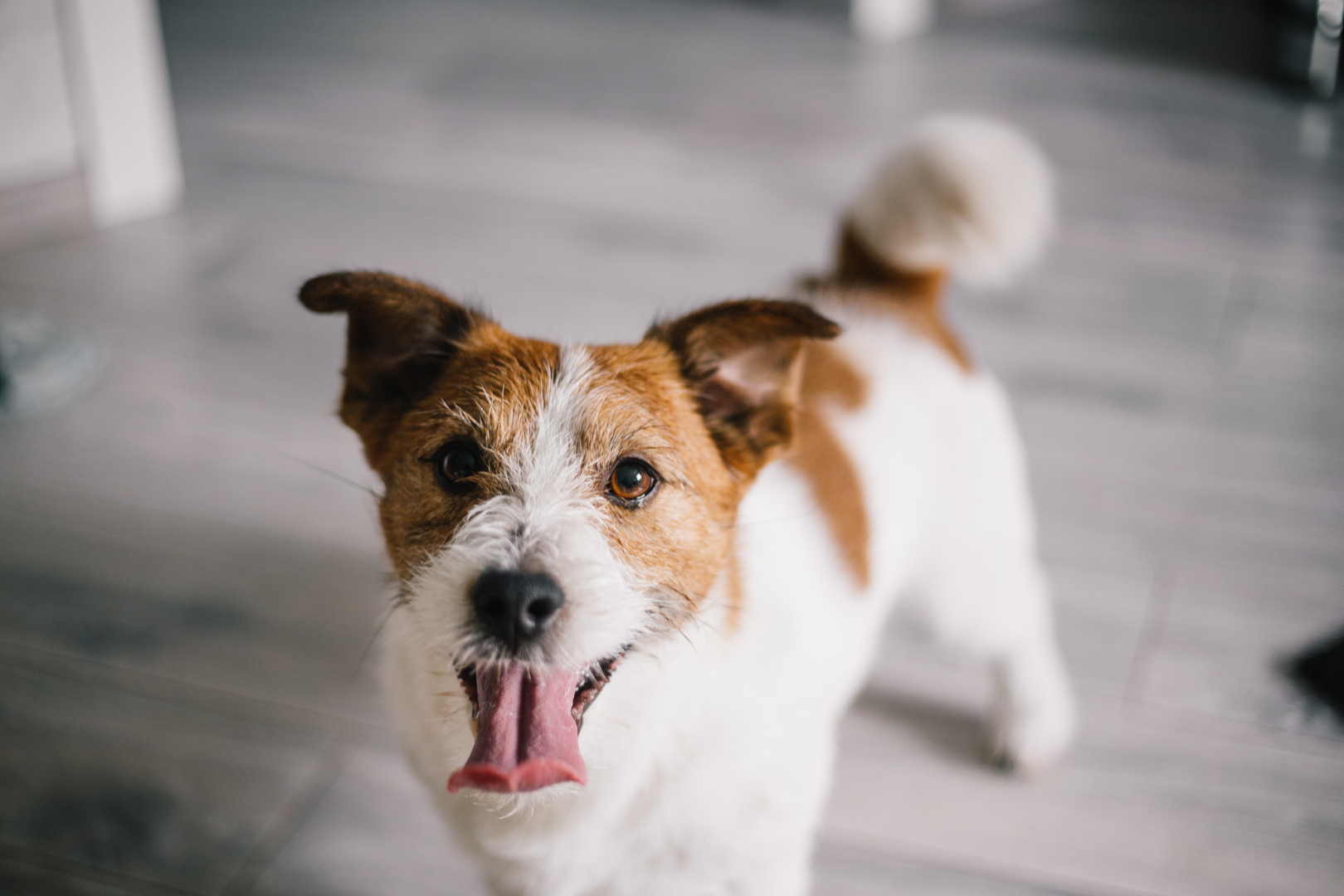
Jack Russell Terriers are quick and agile. They were frequently used as hunting companions and those skills are still engrained in these pups today. These dogs require not only enough physical stimulation but mental stimulation as well. There are some great brain games to help meet these needs.
8. Siberian husky
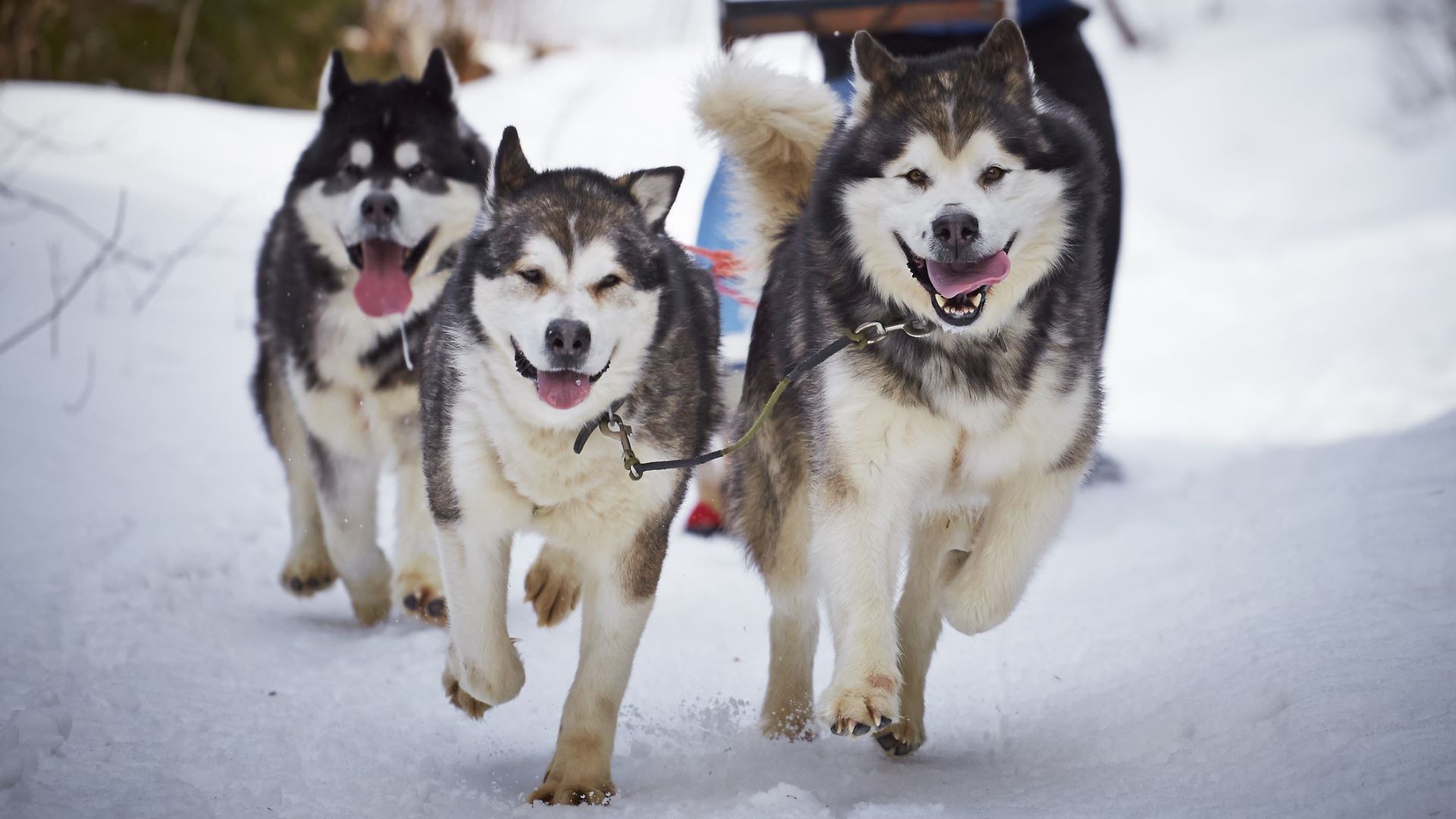
Probably not a surprise that they made it on this list as huskies were developed as sled dogs. Siberian Huskies are one of the best dog breeds for cold climates you could have. They enjoy being outside and you don't have to worry about them getting cold as their thick coats keep them nice and toasty.
As they were bred as working dogs, they will require lots of movement and chances to run around.
9. Weimaraner
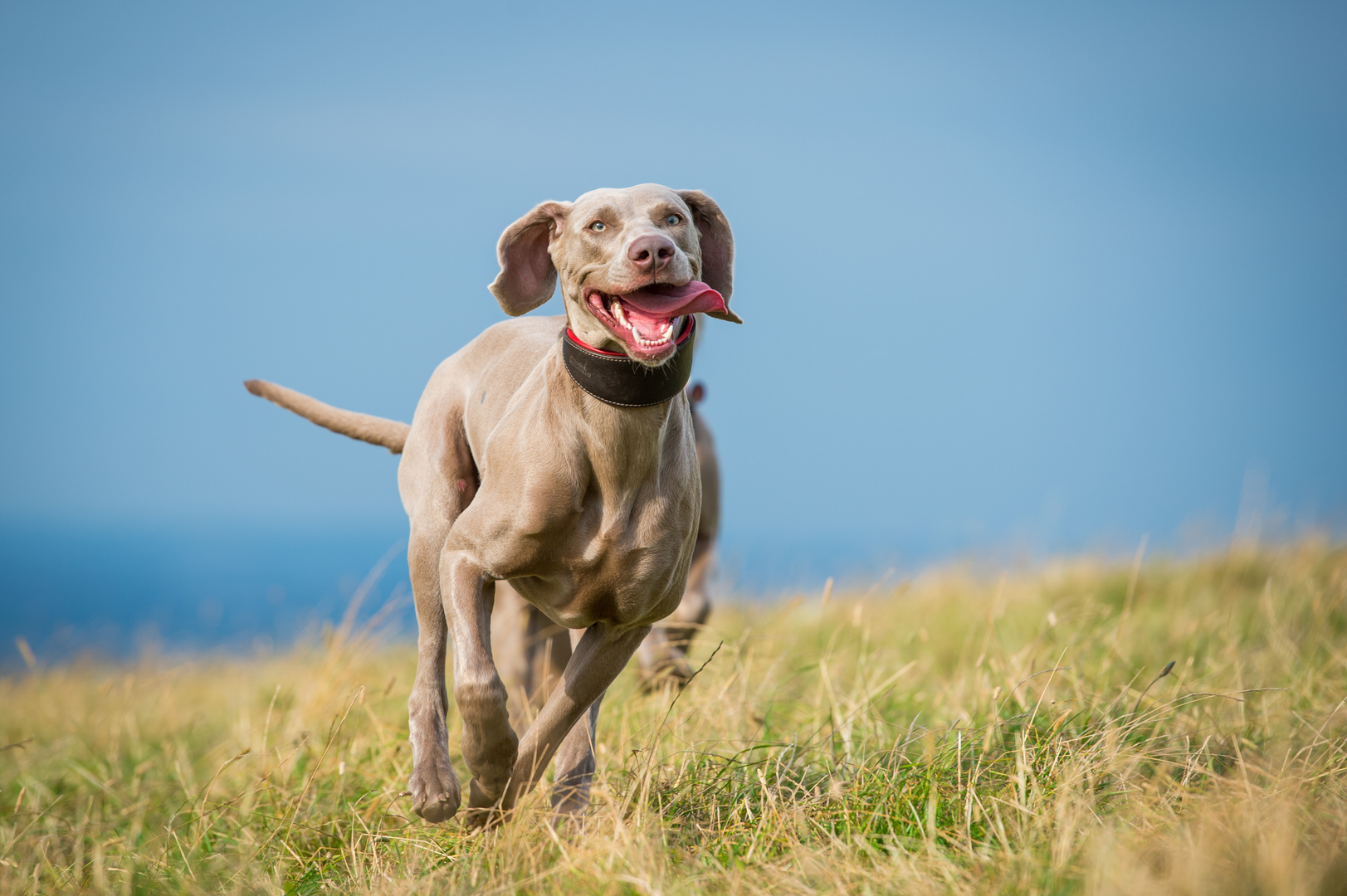
Weimaraners are very athletic and intelligent. It also said that this breed are great swimmers, thanks to their webbed feet, and will enjoy spending lots of time outdoors. According to the People's Dispensary for Sick Animals, Weimaraners will require about two hours of exercise daily.
10. Belgian Malinois
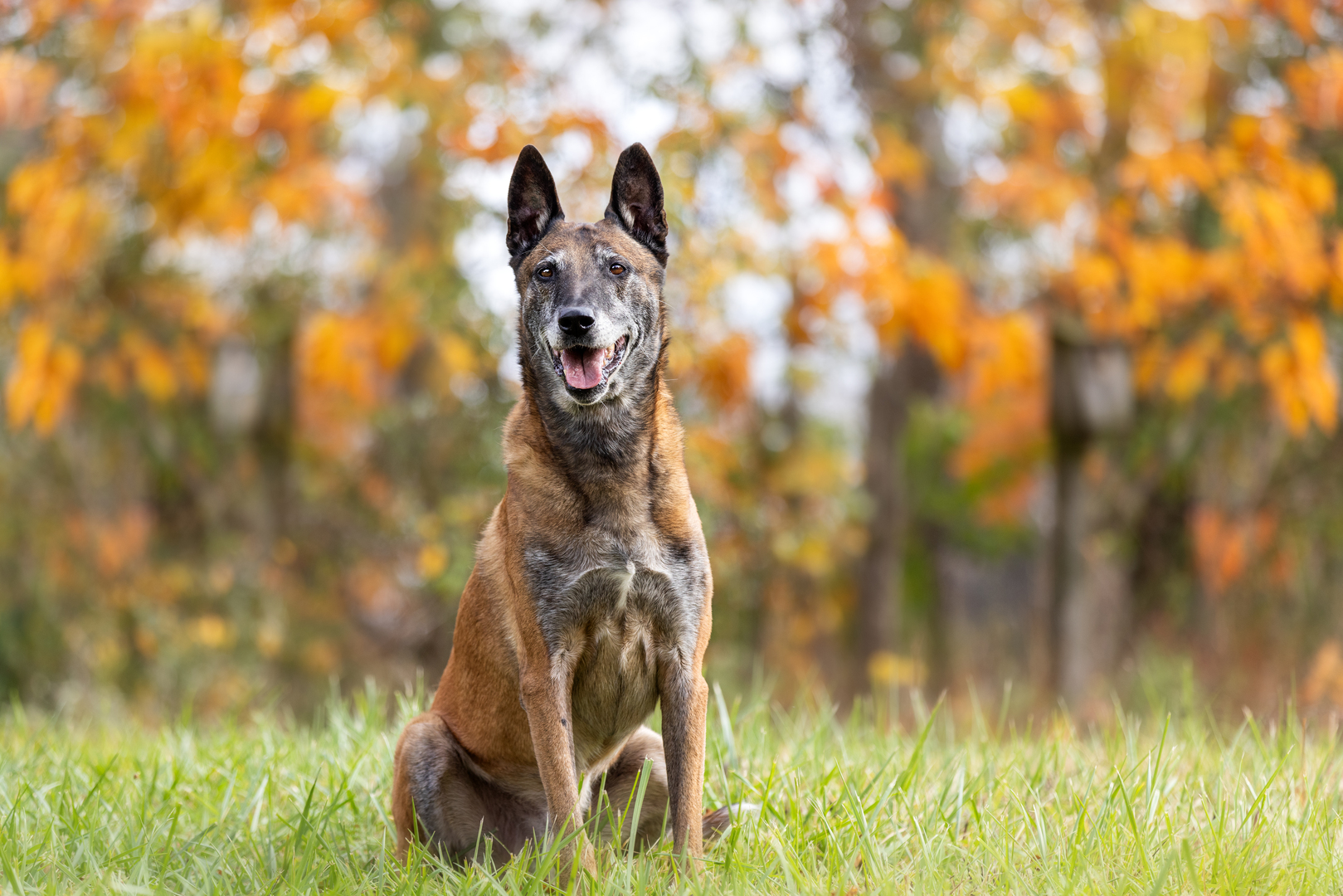
The Belgian Malinois is not just great for going on long walks or hikes through the forest, they are often used by the police force and even Navy Seals. Due to their high levels of intelligence, they also require a great deal of mental stimulation as well as physical activity.
11. Alaskan Malamute
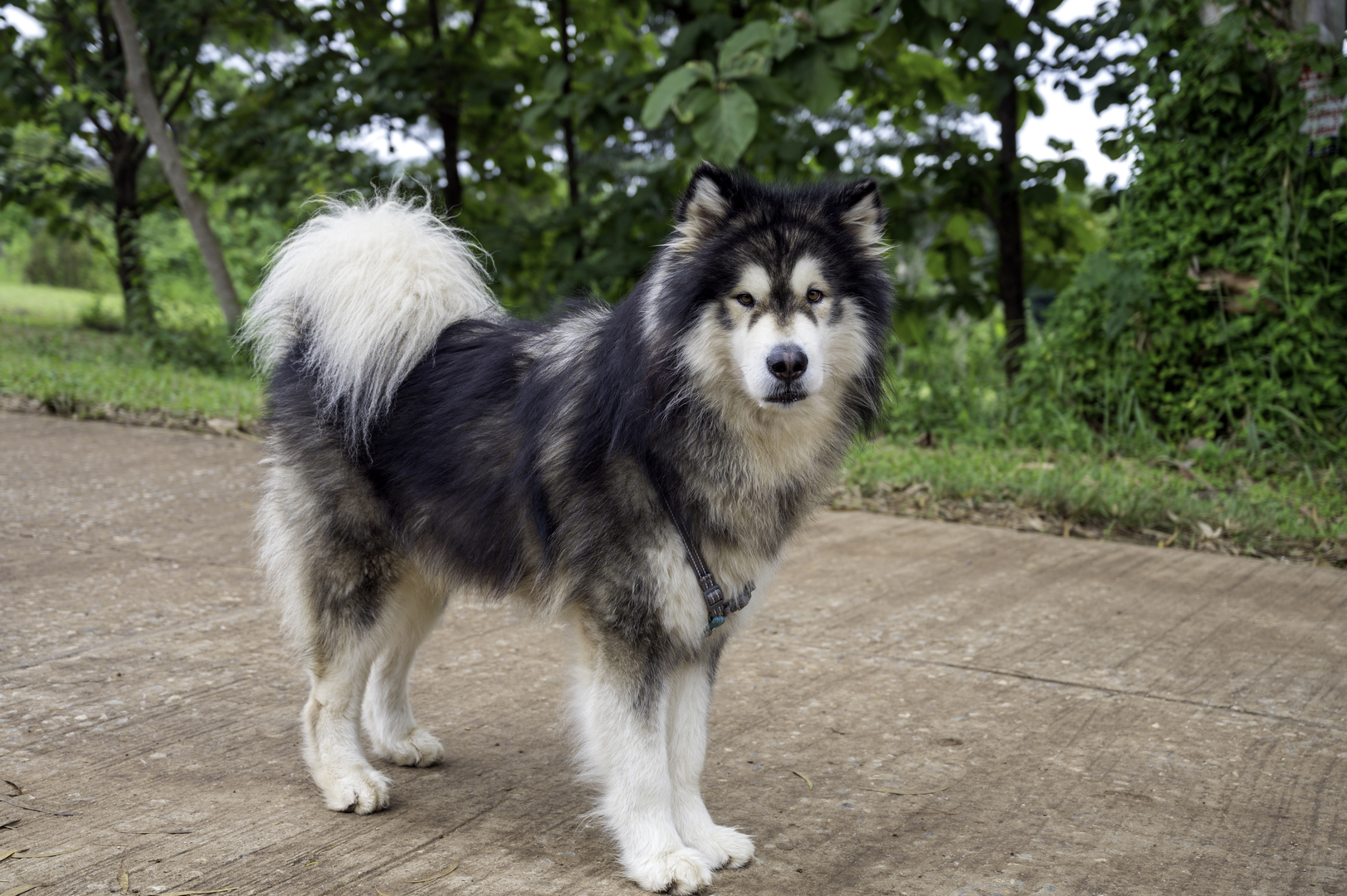
Cousin to the Siberian Husky, the Alaskan Malamute is a very strong and playful pup. The malamute is a pack animal and is well-suited for family life. Perfect for colder climates there are plenty of winter activities for dogs that this breed will love and will meet their exercise needs.
12. American Pitbull Terrier
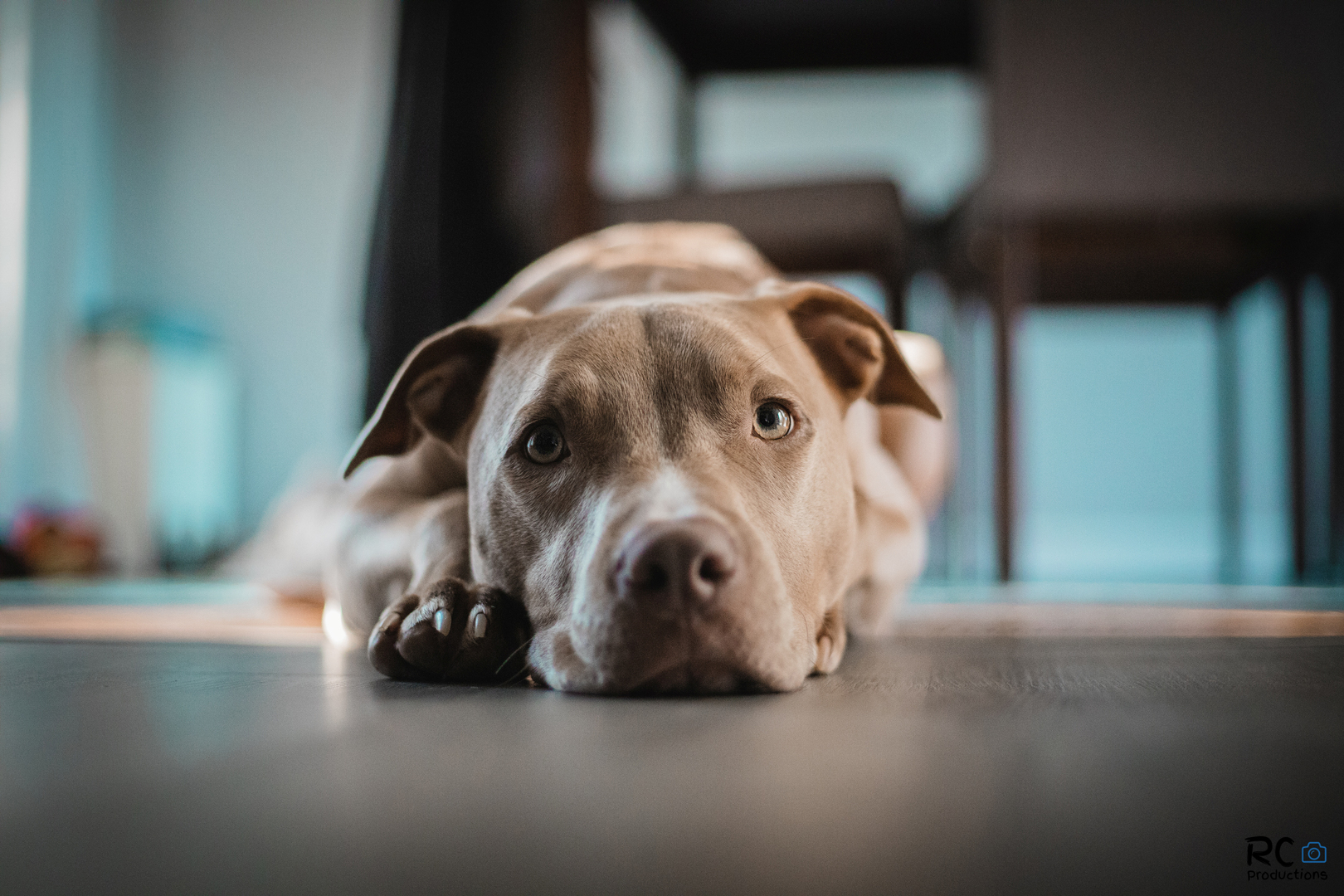
There are many negative stigmas around this type of breed, but these pups are full of love and generally do very well with caring pet owners. Their well-muscled bodies need lots of time to exercise and burn off some steam. They are playful pups and will enjoy some one-on-one time playing with their pet parents.
13. American Foxhound
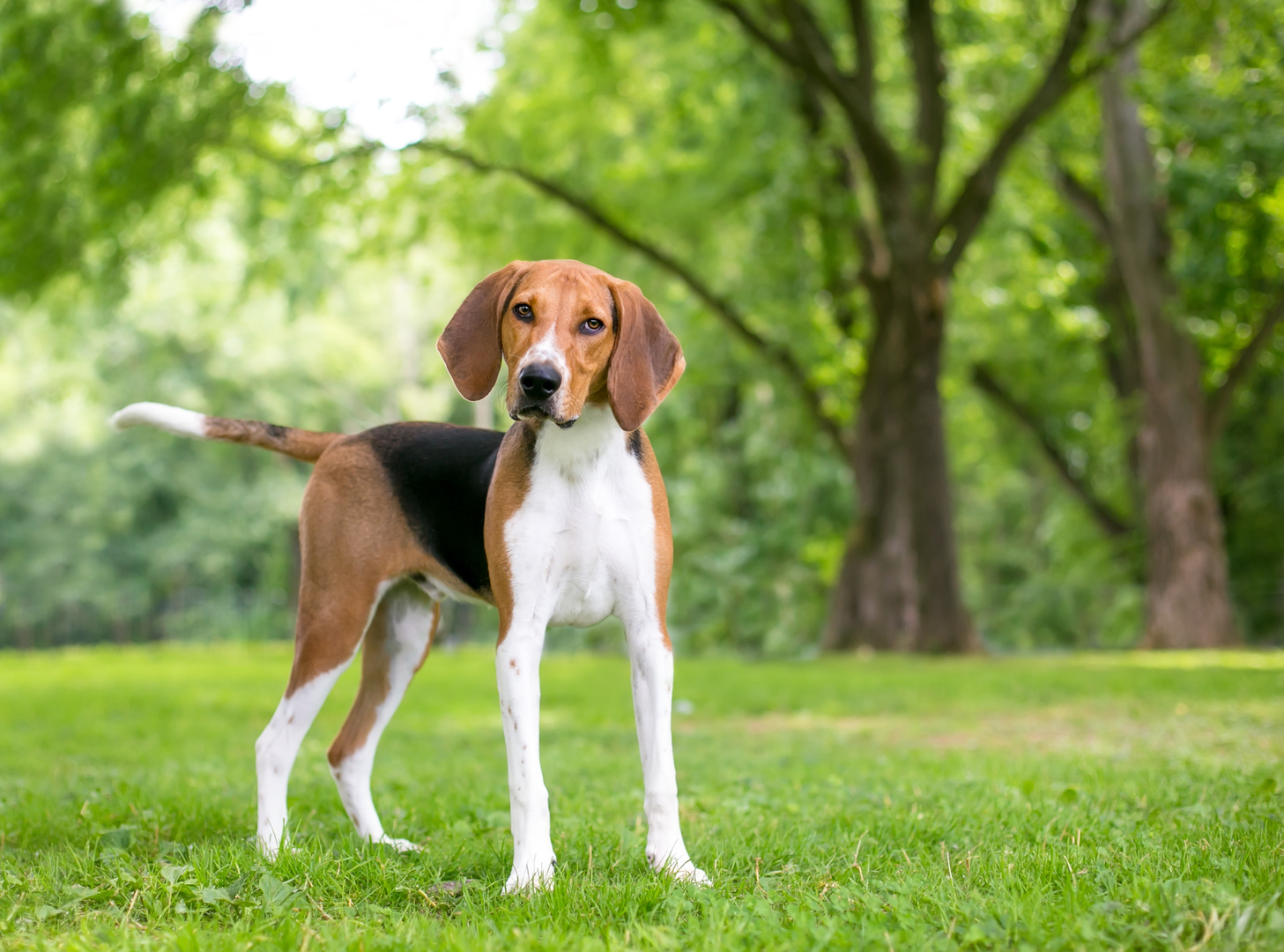
Bred to track down foxes, the American foxhound certainly has a nose for scents. They will enjoy walks out in nature and some off-leash time to follow their nose wherever it may take them. We also recommend trying out some of the best snuffle mats to satisfy their all sniffing needs.
14. Beagle
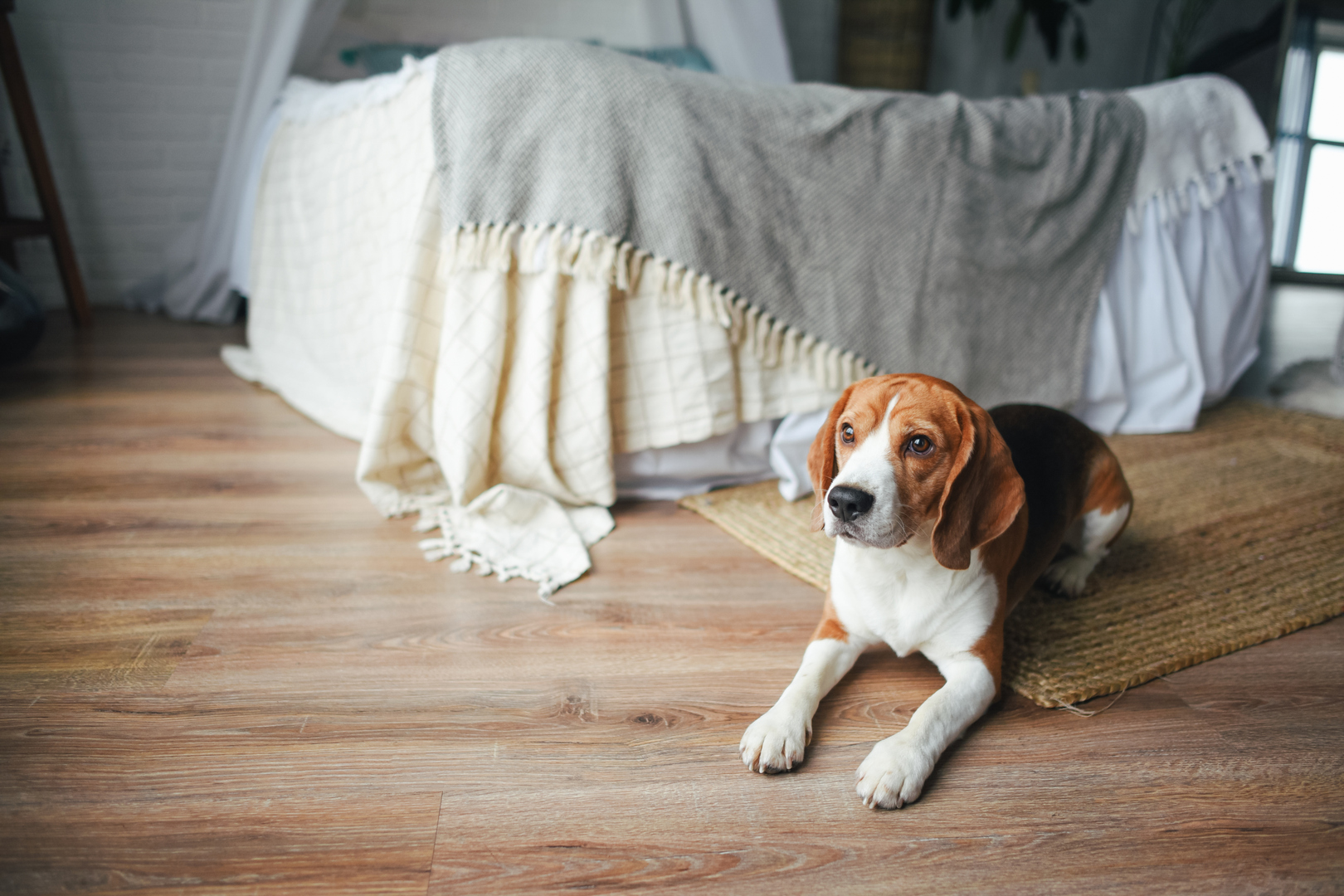
Since beagles are used to hunting in packs they are very comfortable in family settings. You may want to snag one of the best rope dog toys for a game of tug of war that your pup will love.
15. Australian terrier
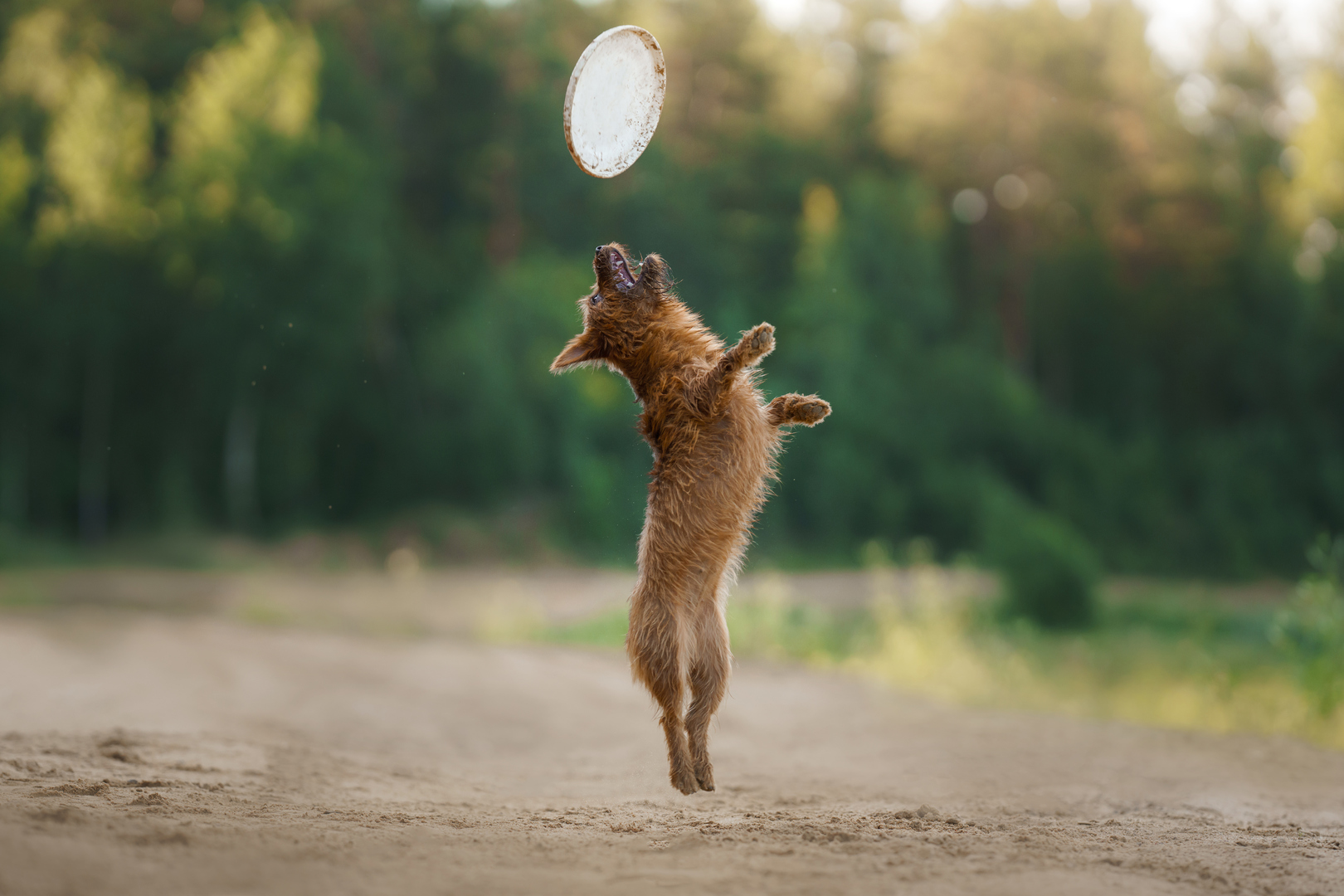
One of the smallest terrier breeds, and the second Australian dog breed on this list, they are packed with energy and love playing around. This is a very affectionate breed and will love accompanying you wherever you go.
16. American Staffordshire terrier
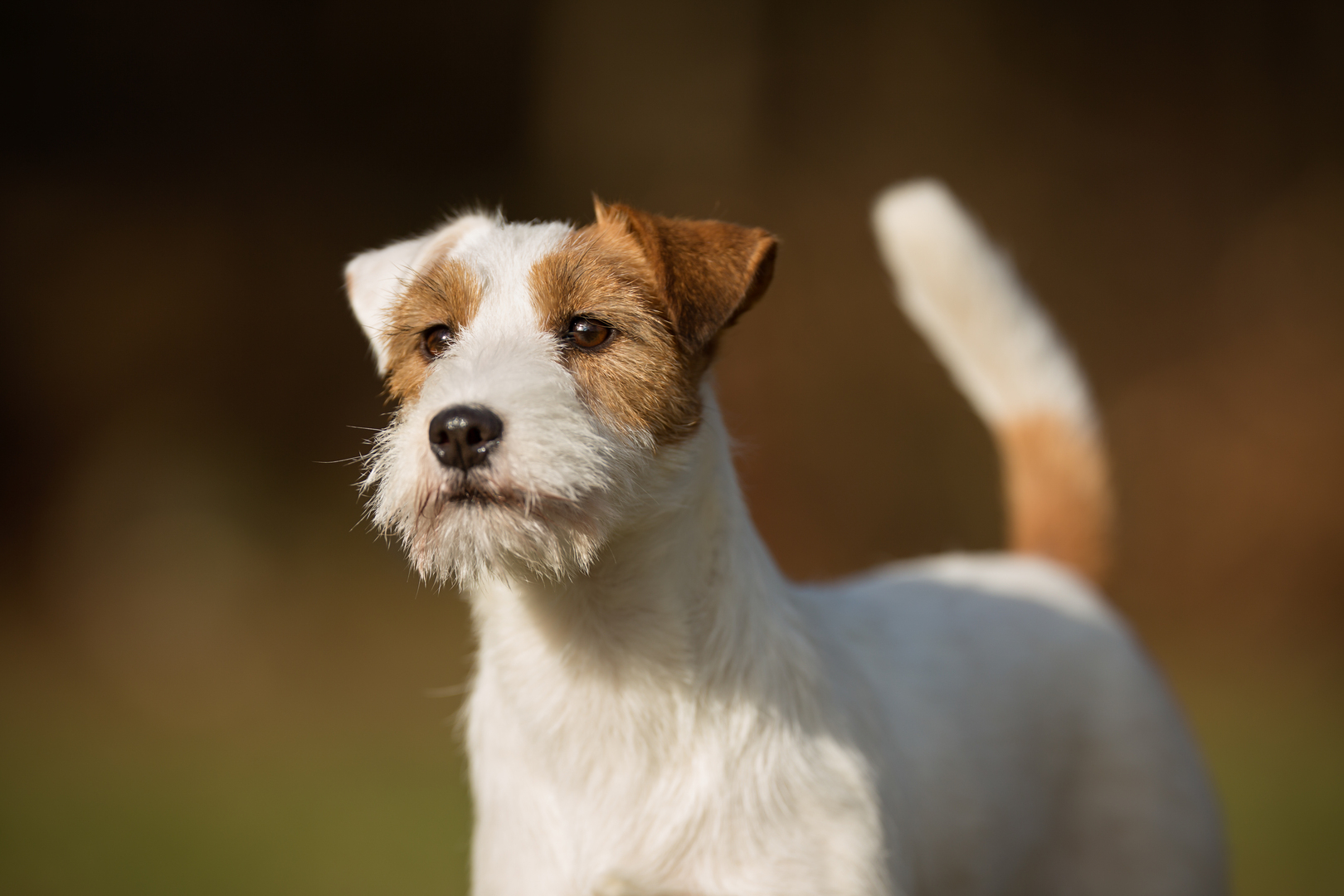
This energetic pup craves high-energy activities and spending time with its pet parents. Also known as natural swimmers, these dogs will love spending time in the water. Check out one of the best dog-friendly beaches so you and your pup can enjoy a day out in the sun.
17. Basenji
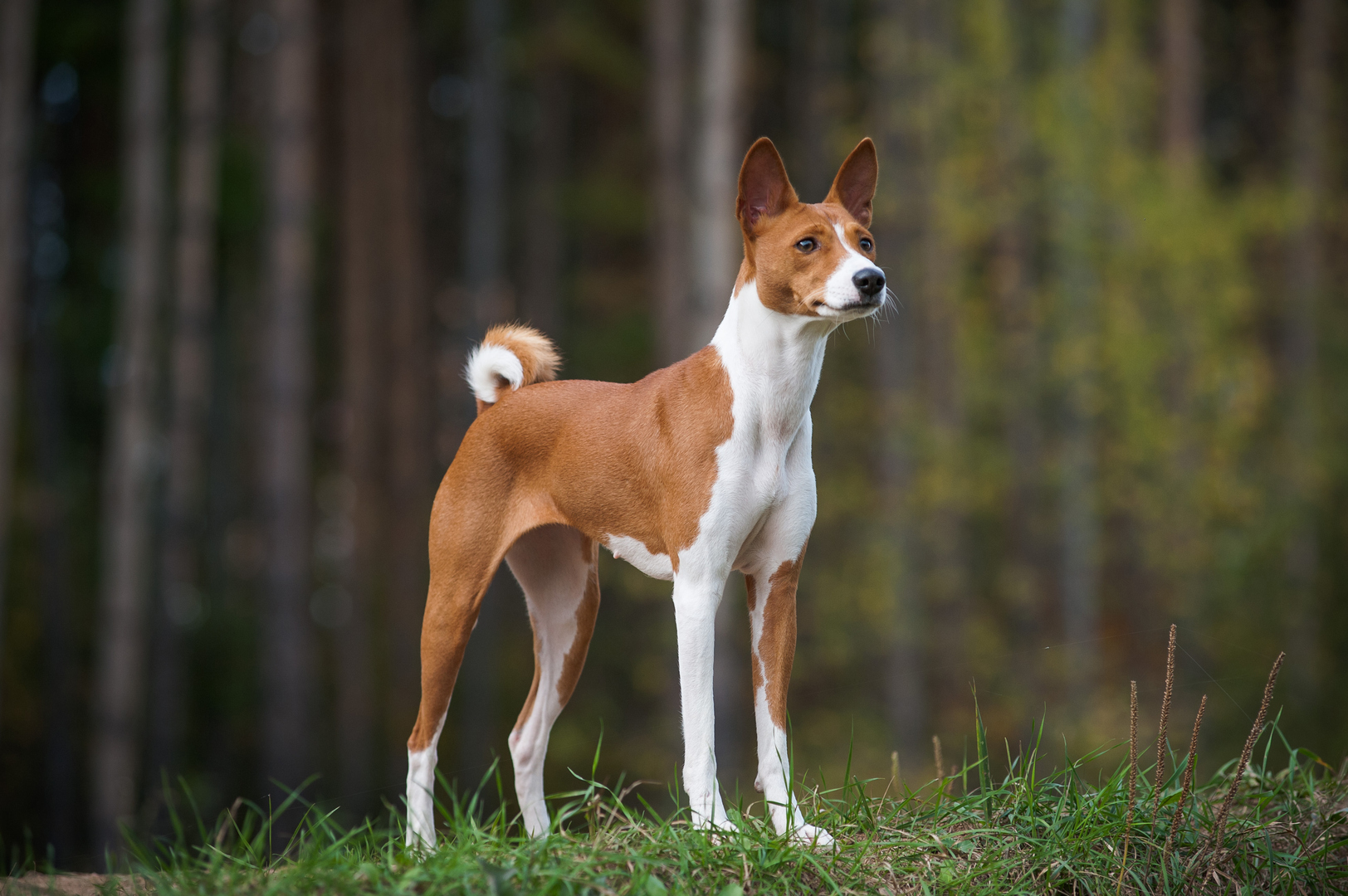
Sometimes referred to as the "Barkless dog" as they don't bark but yodel. So if you like a little bit of music in your life this breed is for you.
18. Airedale terrier
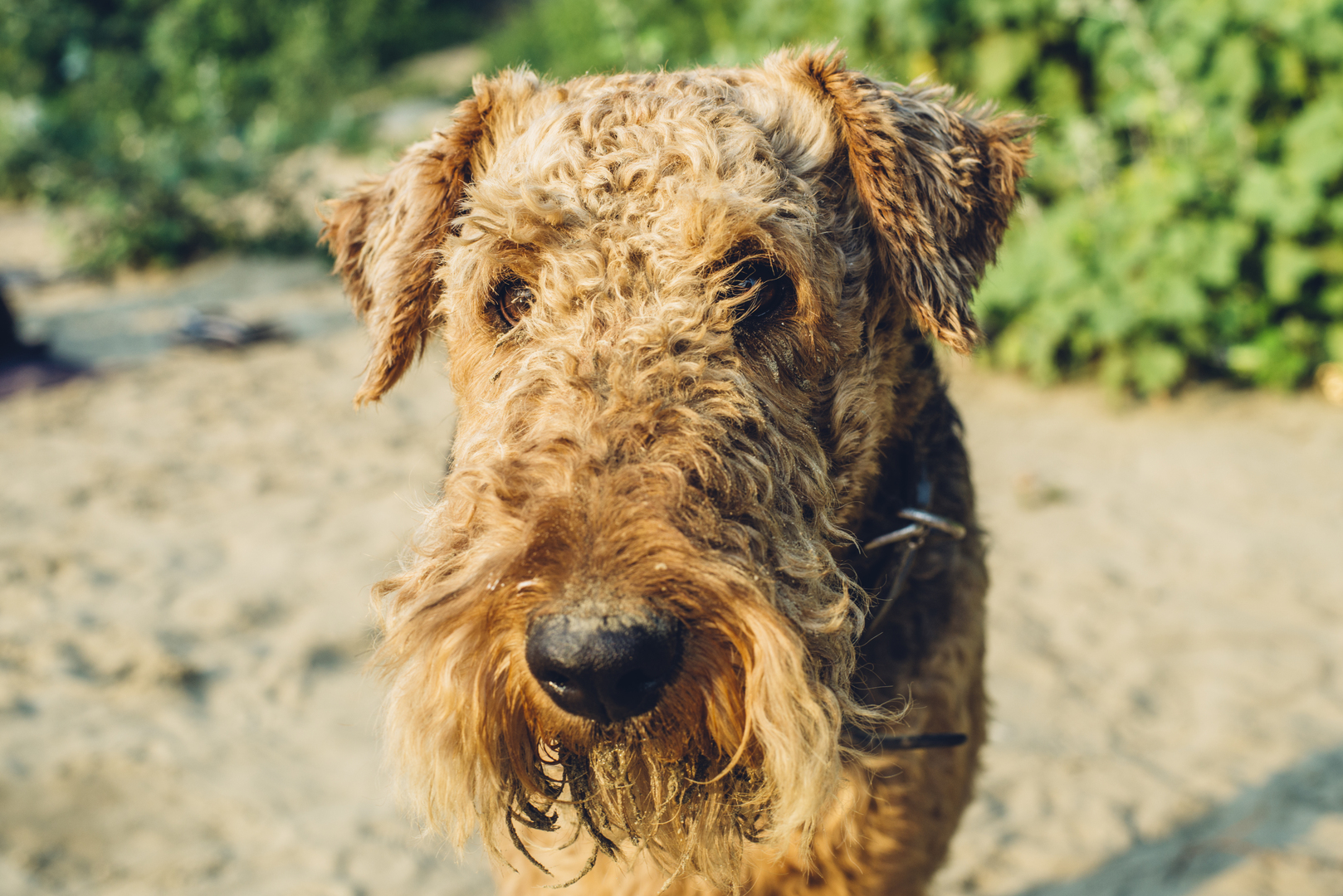
Known as the "King of Terriers," as they are the tallest of the terrier breeds, they are a very energetic breed. They will thrive with lots of exercise, training to stimulate their brain, and caring pet parents.
19. Pointer
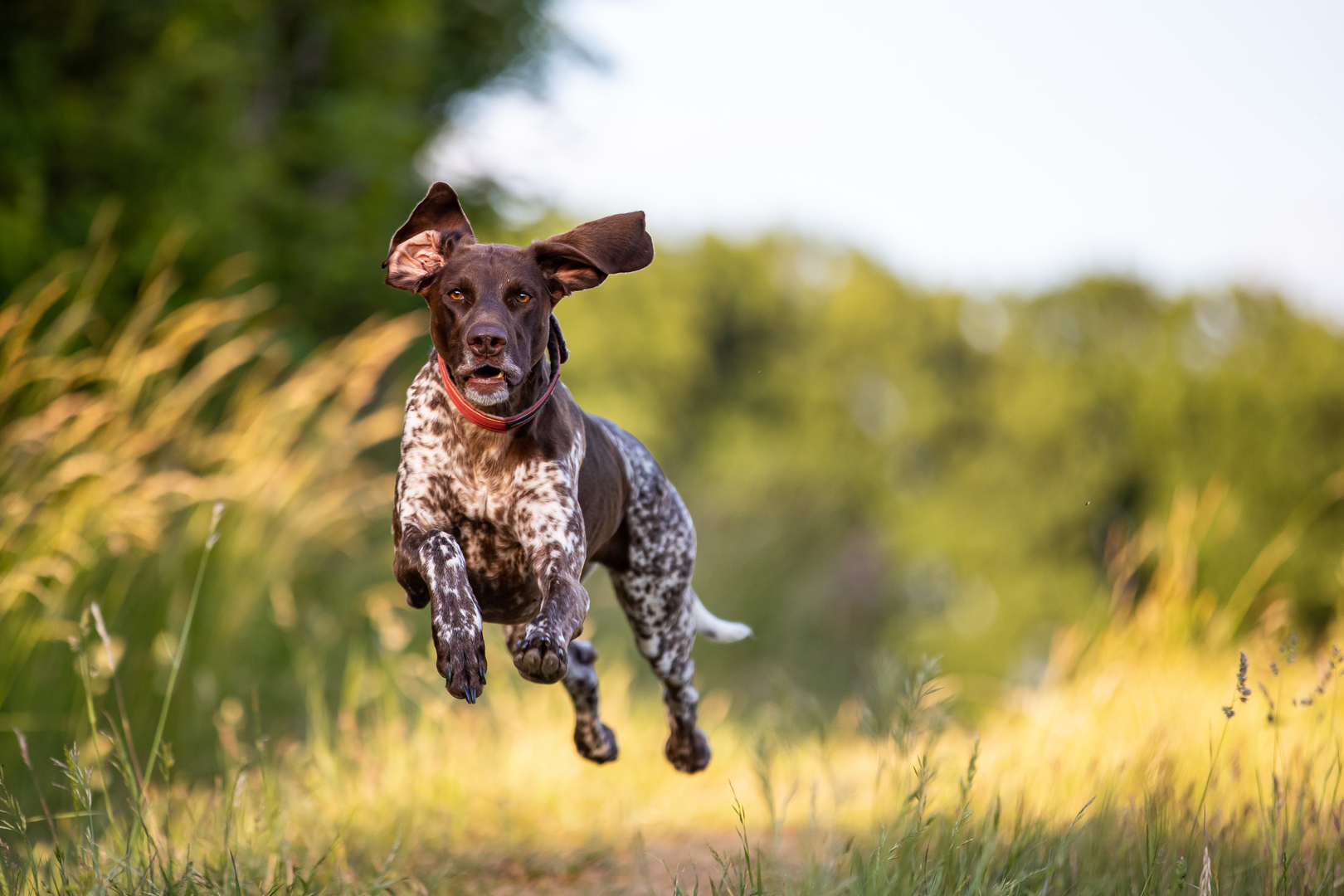
Another hunting dog, these breeds are great companions for outdoor walks and hikes. They are brimming with energy so will enjoy spending time running around with their humans.
20. German Shepherd
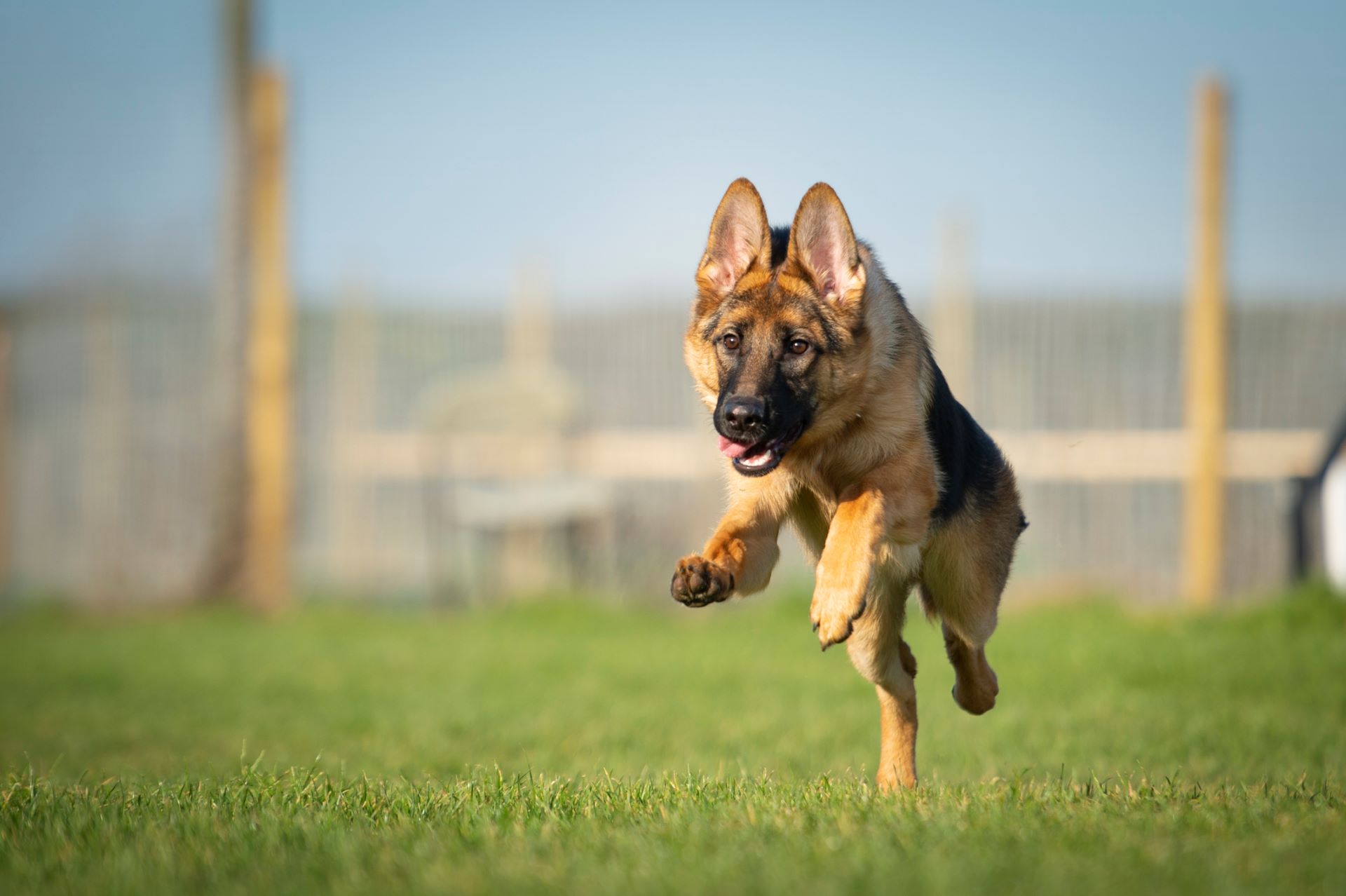
In addition to their physical prowess, German Shepherds are highly intelligent and do best when they have a job. Perhaps, this is why they are frequently used in the police force. This breed needs plenty of exercise and mental stimulation otherwise they can become frustrated and bored.
21. Poodles
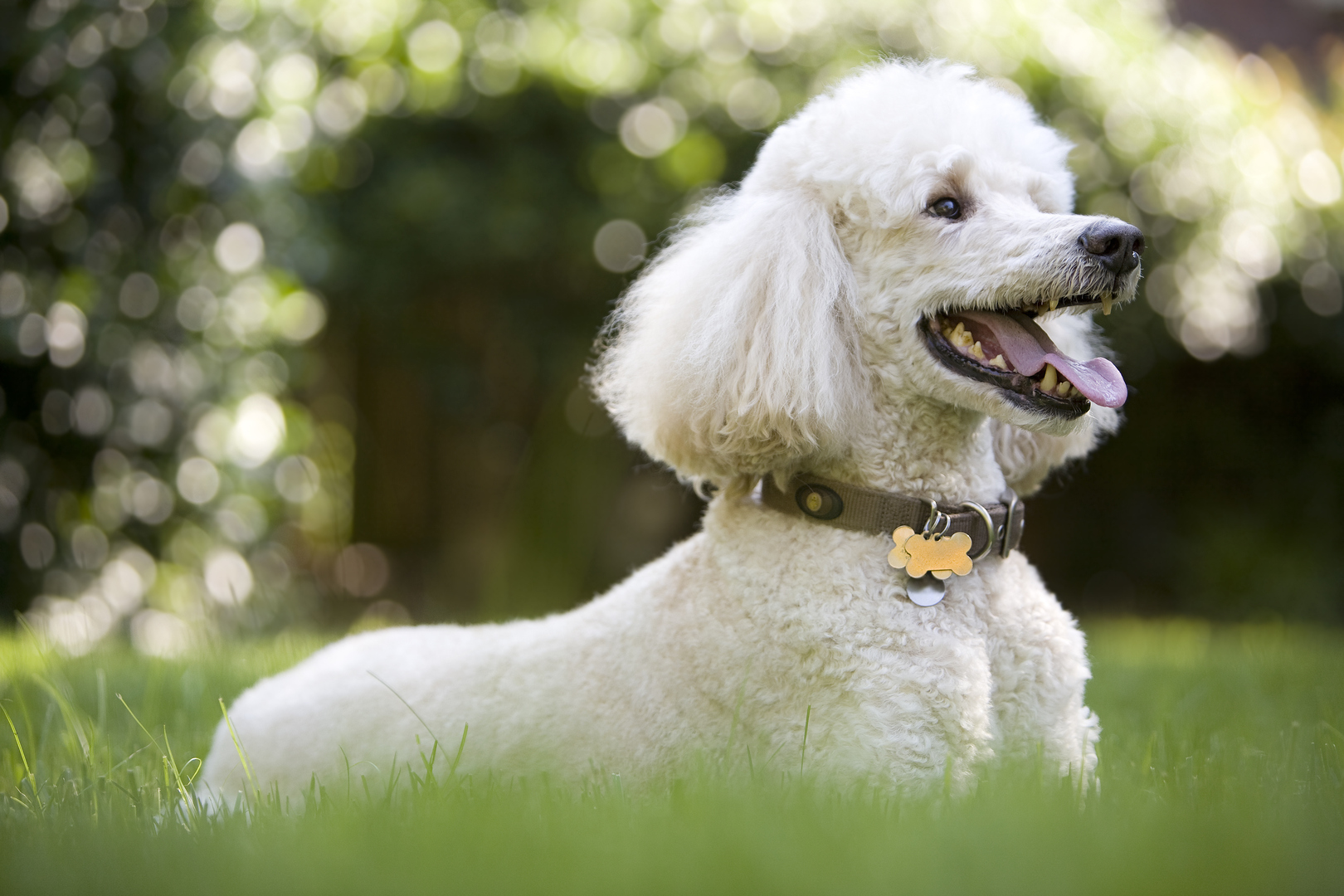
Apart from their stylish looks, which is just one of many reasons to love poodles, poodles are full of energy and will enjoy any activity that is filled with physical activity. Long walks, running around the dog park, or even taking a swim are going to be at the top of the list for these dogs.
22. Newfoundland
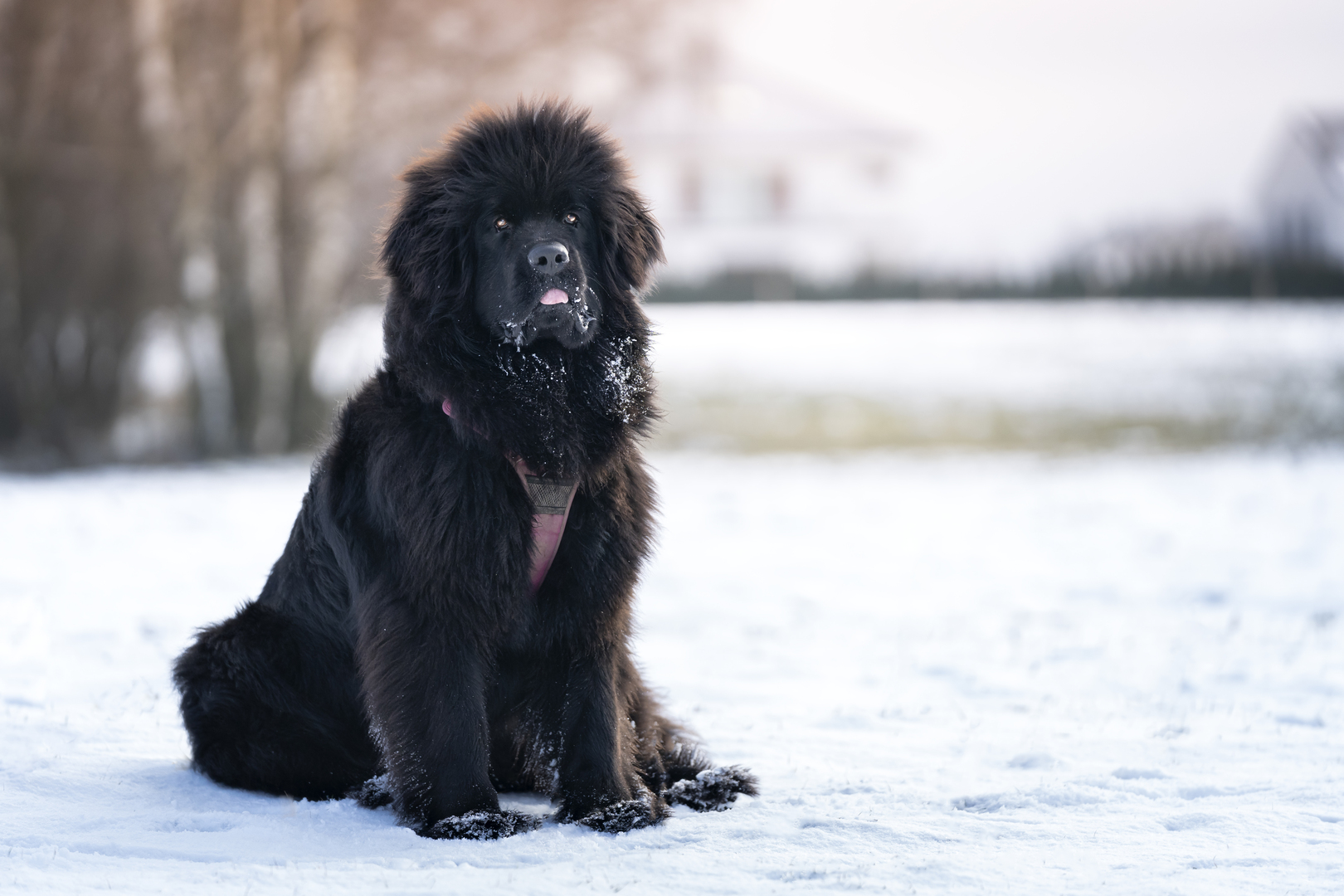
Don't let their powerful bodies intimidate you, "Newfies" as they are sometimes called are all about snuggles. Weighing in around 100-150lbs, these giant balls of fluff are gentle and great for families with children.
23. Brittany
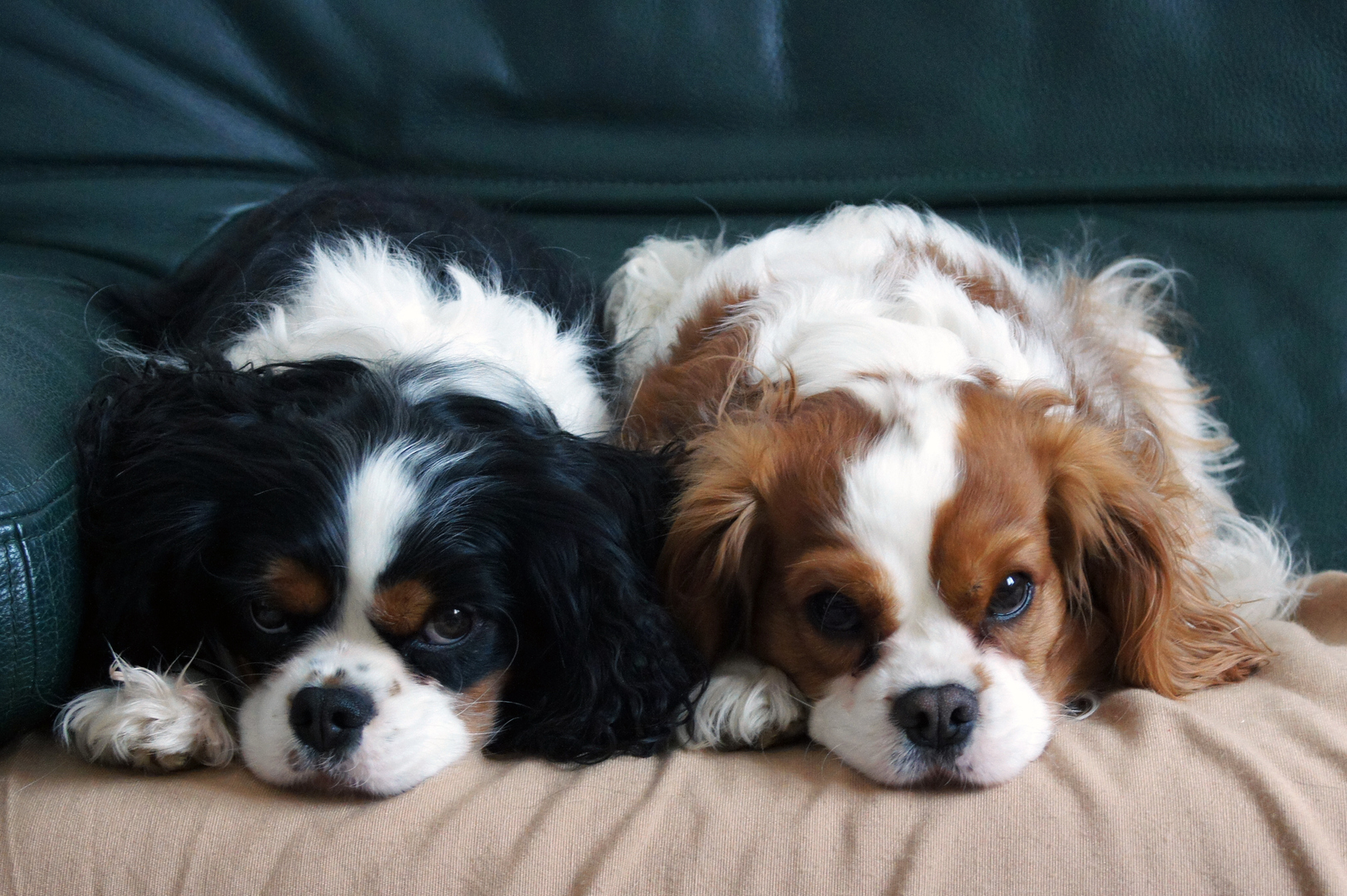
Brittany dog breeds are all about the outdoors. They will be most happy on long walks, hikes through the forest or even running. Originally bred for hunting, these dogs are great for that outdoorsy pet parent.
24. Chesapeake Bay Retreiver
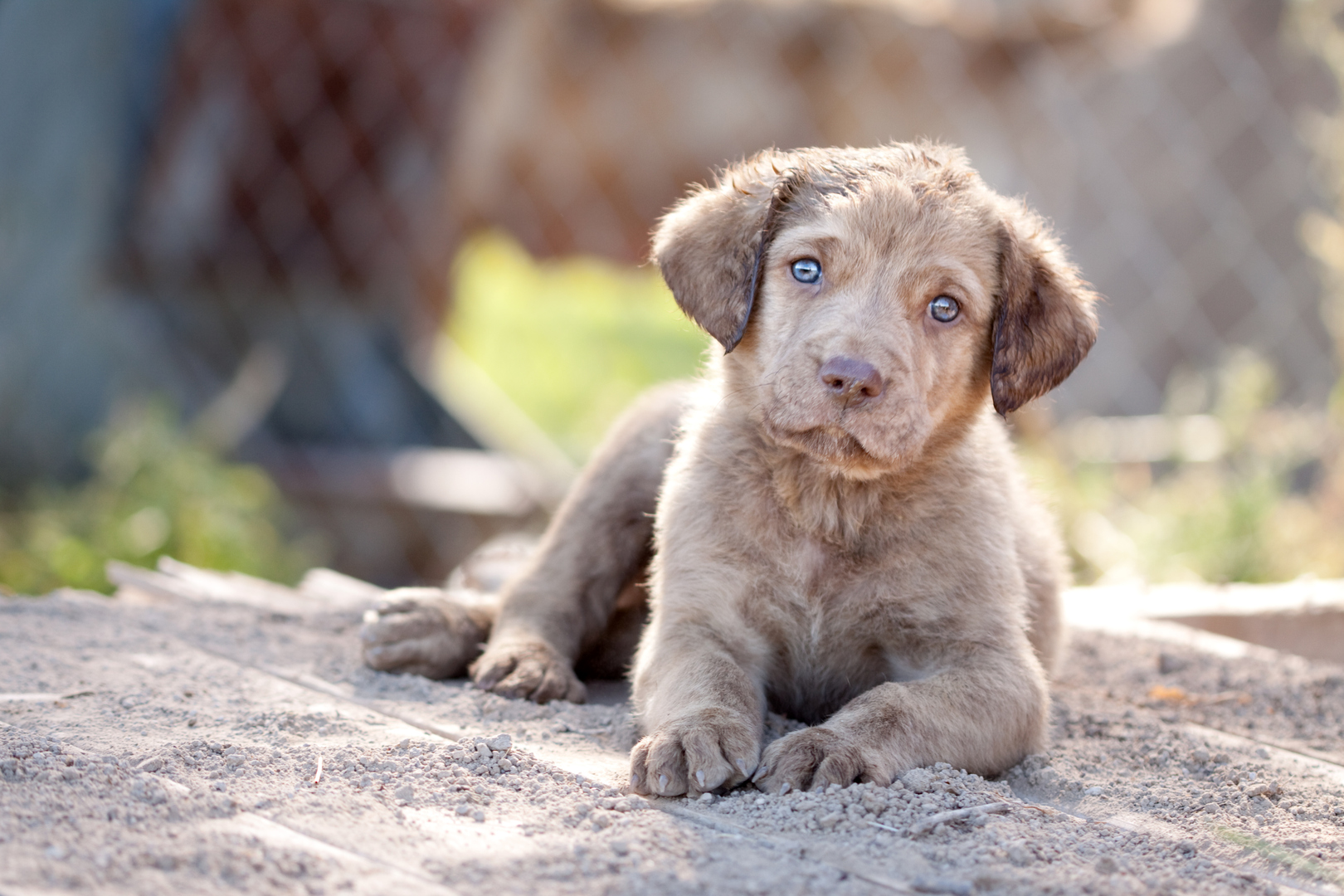
Known for their waterproof coats, Chesapeake Bay Retrievers are built for physical activity. They love physical activities such as hiking, swimming, and running. They also require mental stimulation to give their brains a workout as well. You'll want to be sure to try out some of the best dog puzzle toys to keep them entertained as well.
25. Doberman pinscher
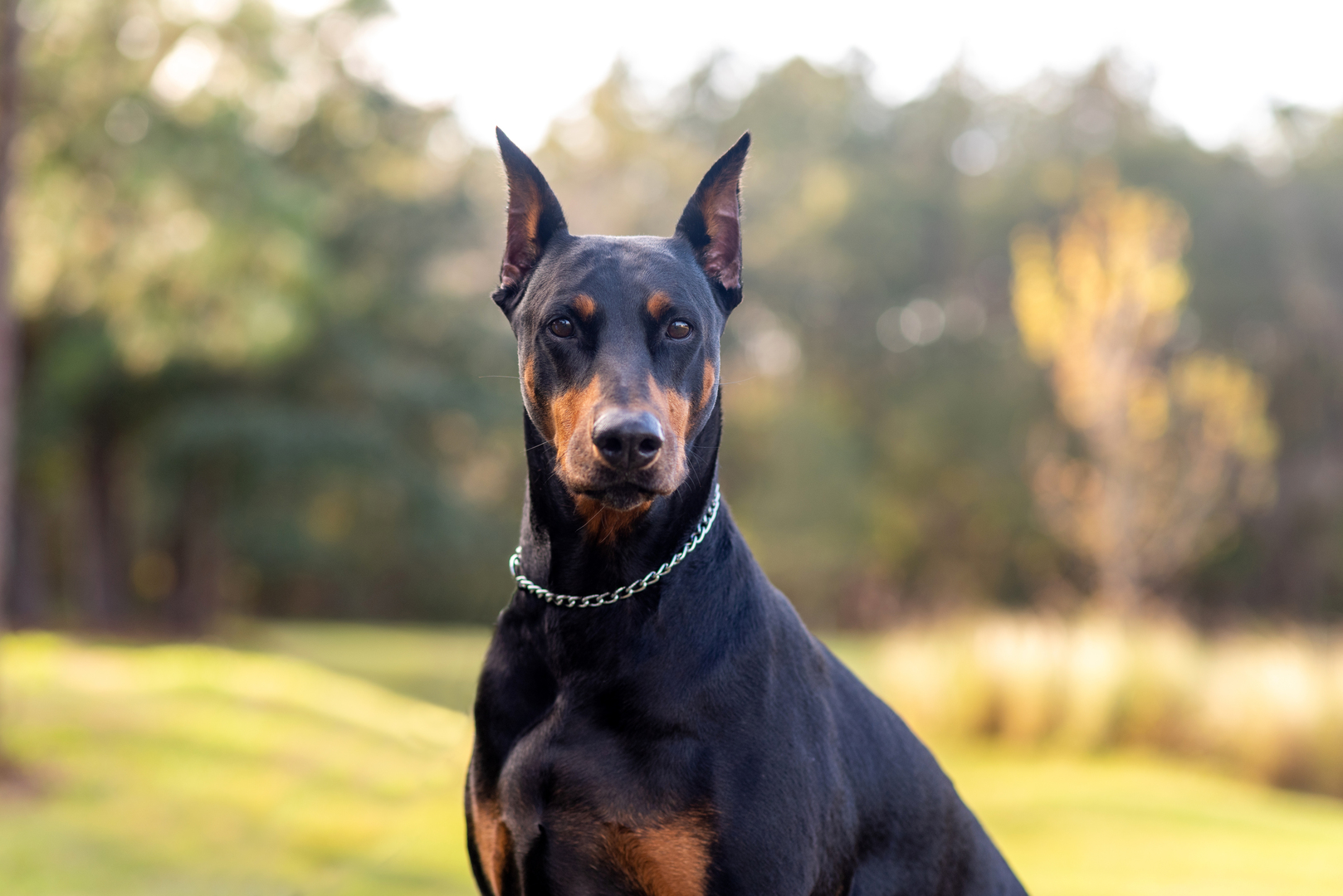
Dobermans are agile and sleek in their shape, making them a powerful athlete. They will need plenty of time for exercise and even more time and space to run around stretch their legs.
26. Vizsla
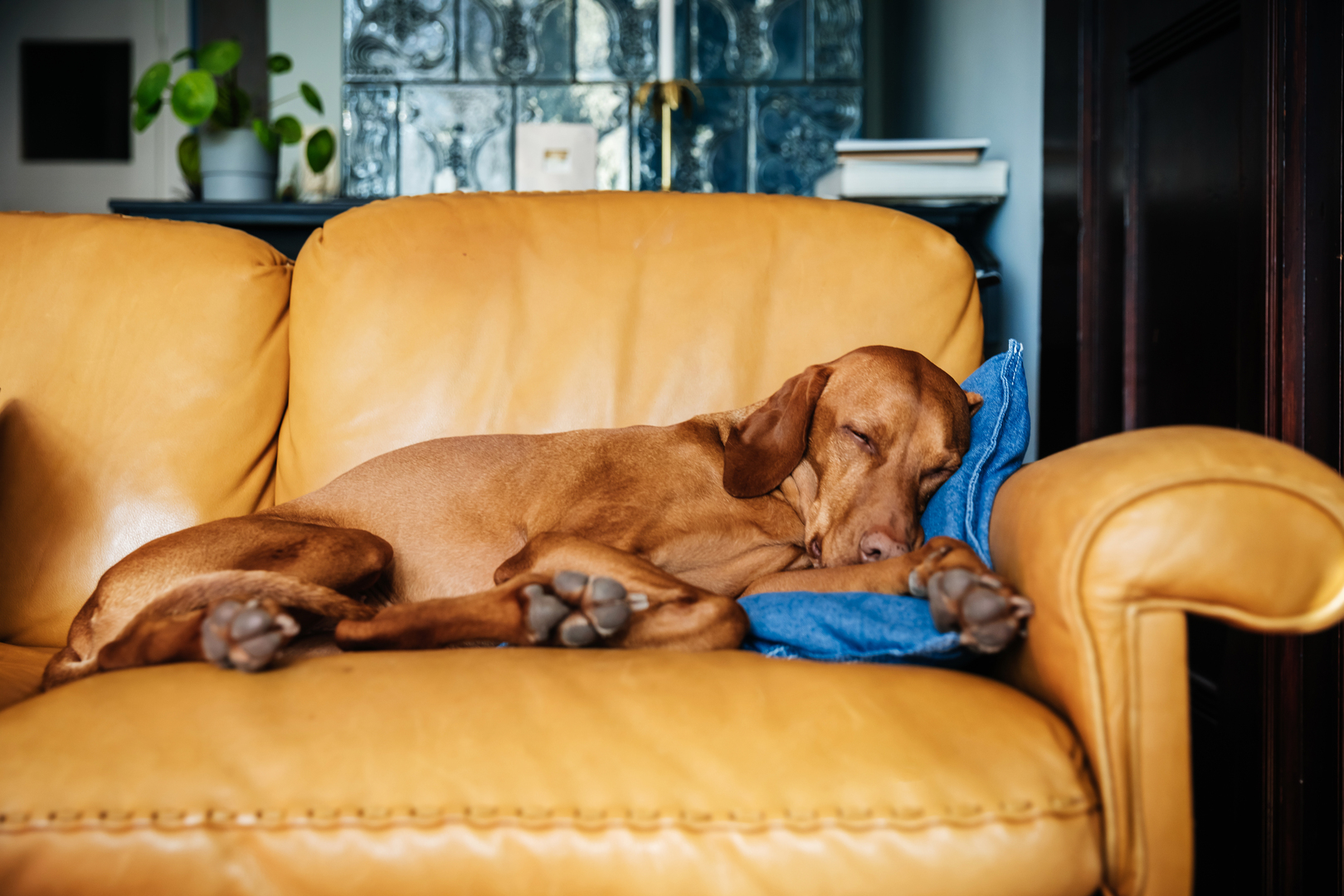
Vizsla pups are built for playing hard. With high stamina levels, they need plenty of exercise. They will enjoy long walks and running and if you're looking for ways to build more fun into your dog's routine they make great biking companions.
27. Great Dane
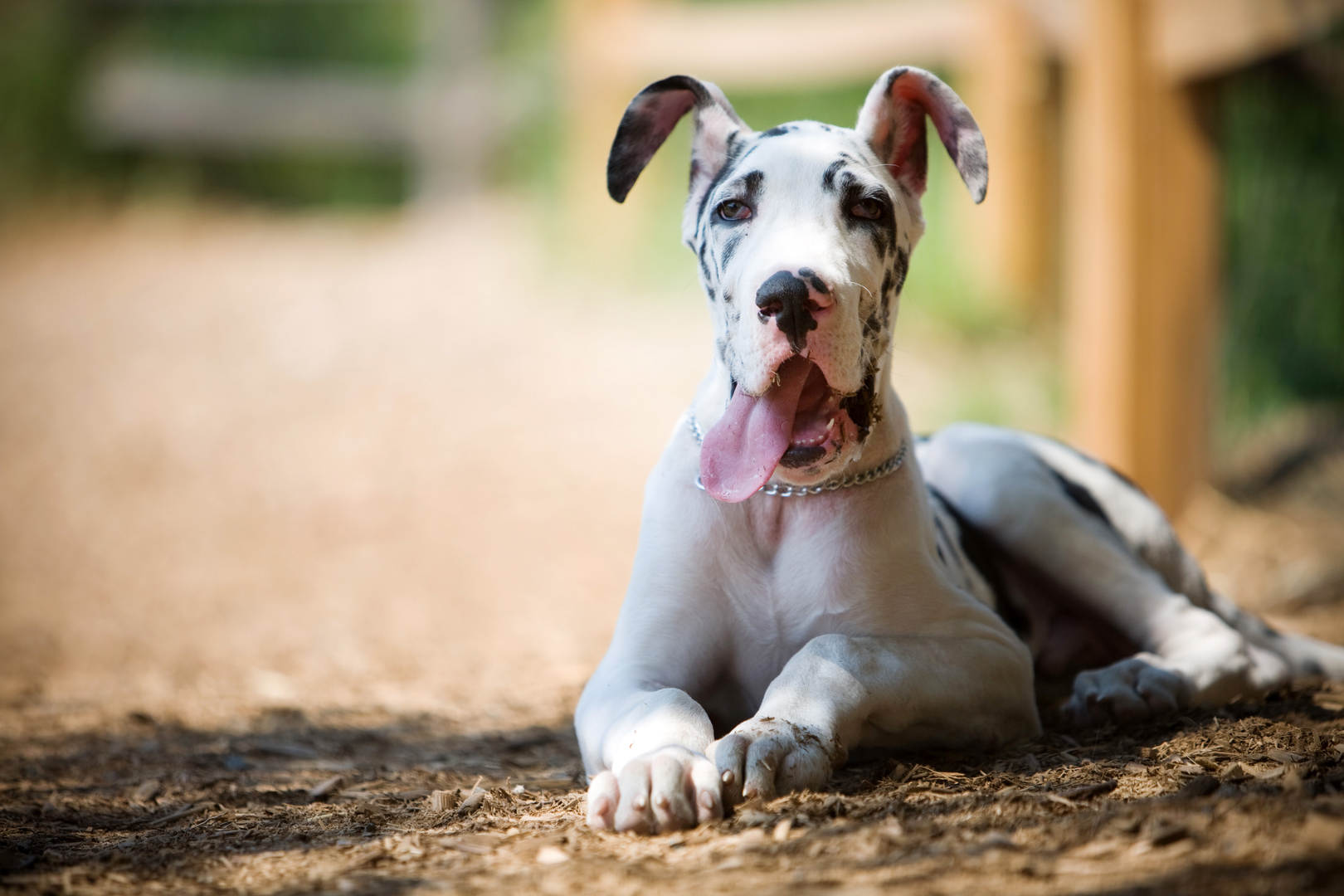
Maybe to match their giant frames, great danes have giant energy levels. Great Danes can grow to around four feet in height and will need plenty of open spaces to run their long legs. In addition to this, they will also need to go on walks two to three times a day according to the American Kennel Club.
28. Maltese
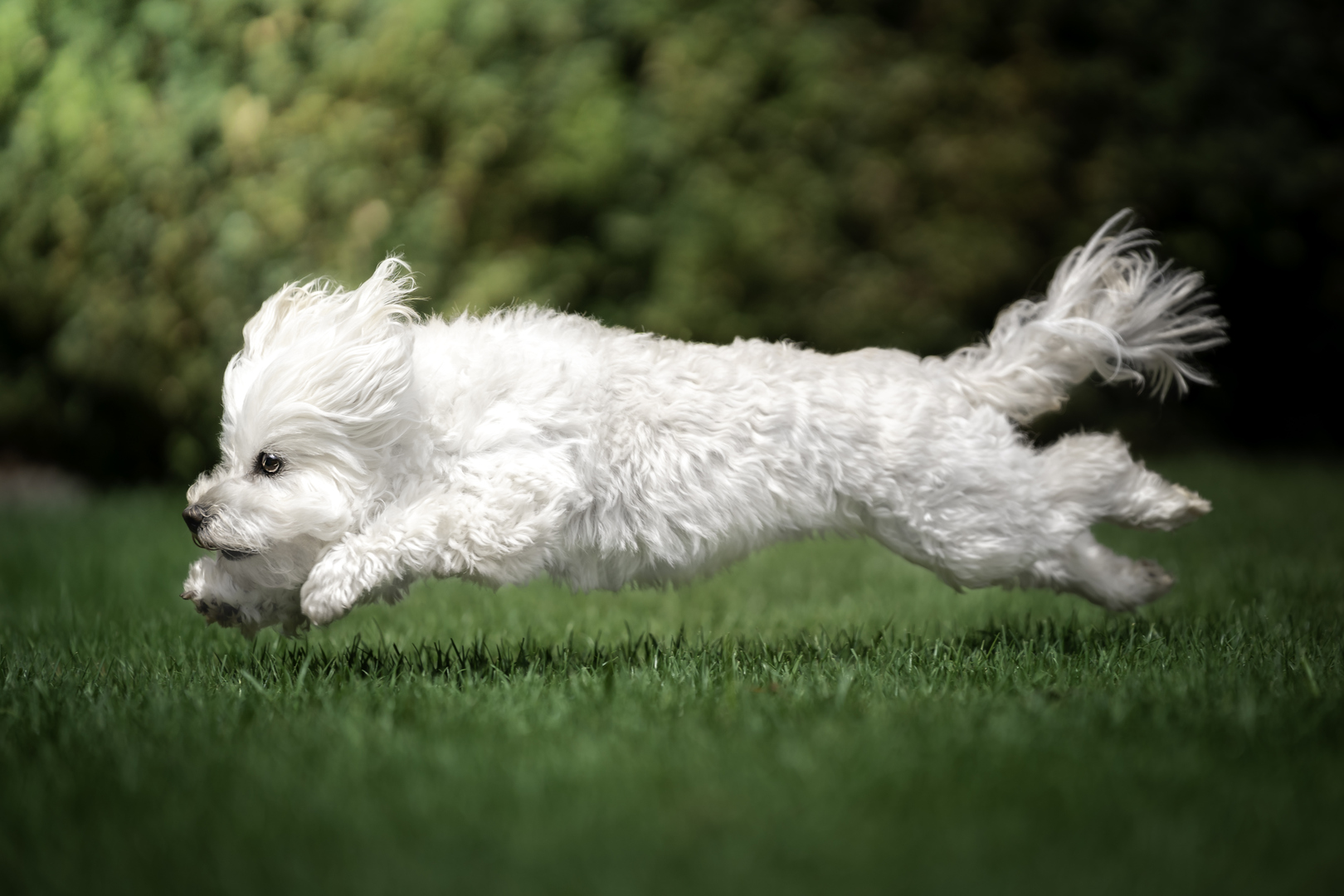
While running around in the backyard will be enough for these little balls of fluff, they will still daily walks to keep them happy and healthy.
29. Bichon Frise
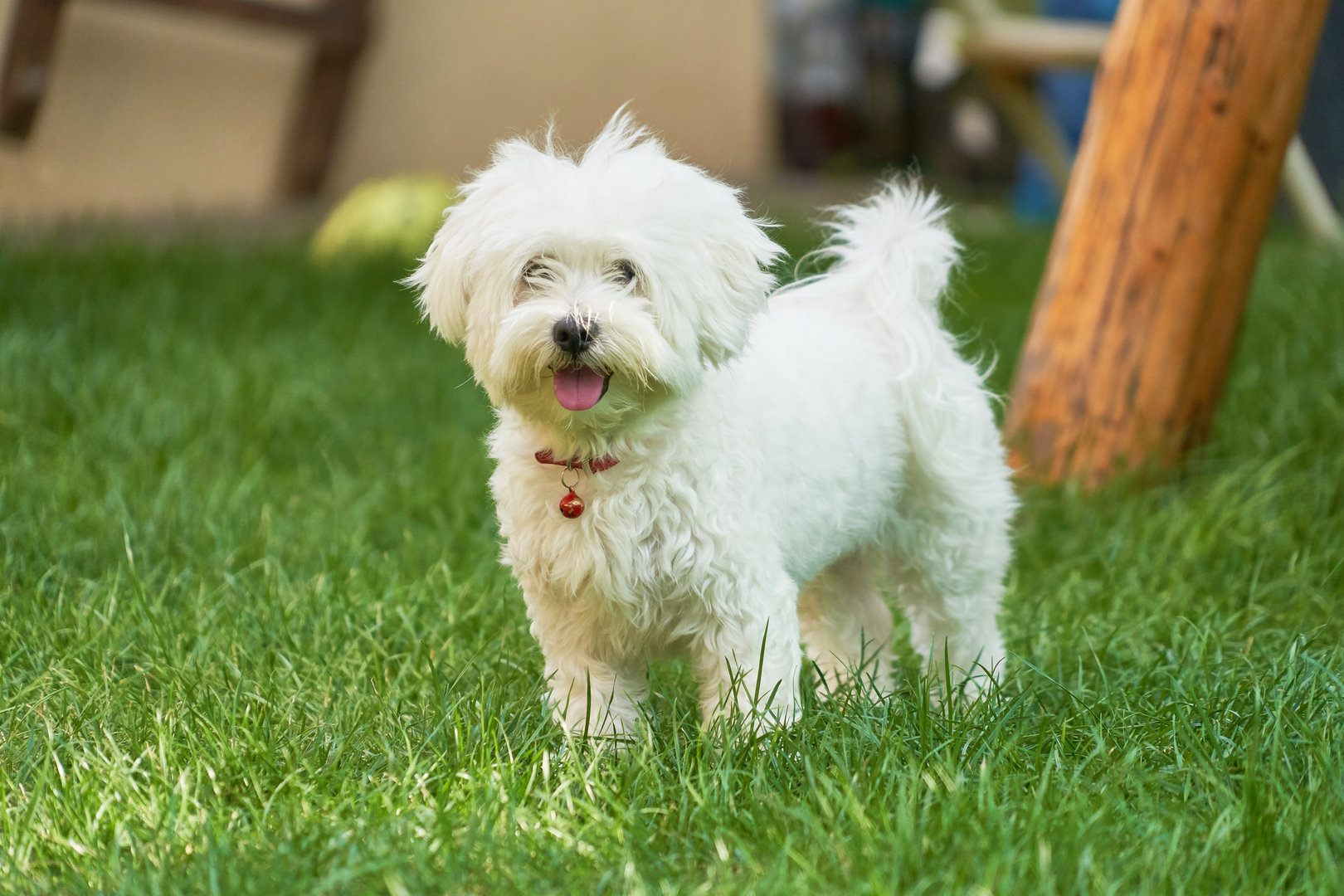
These cute little puffballs are surprisingly quick and will benefit from having space outside to practice their "zoomies." Bichon Frises also love spending quality time with their humans, so knowing how to play with a dog is vital.
30. Bernese Mountain Dog
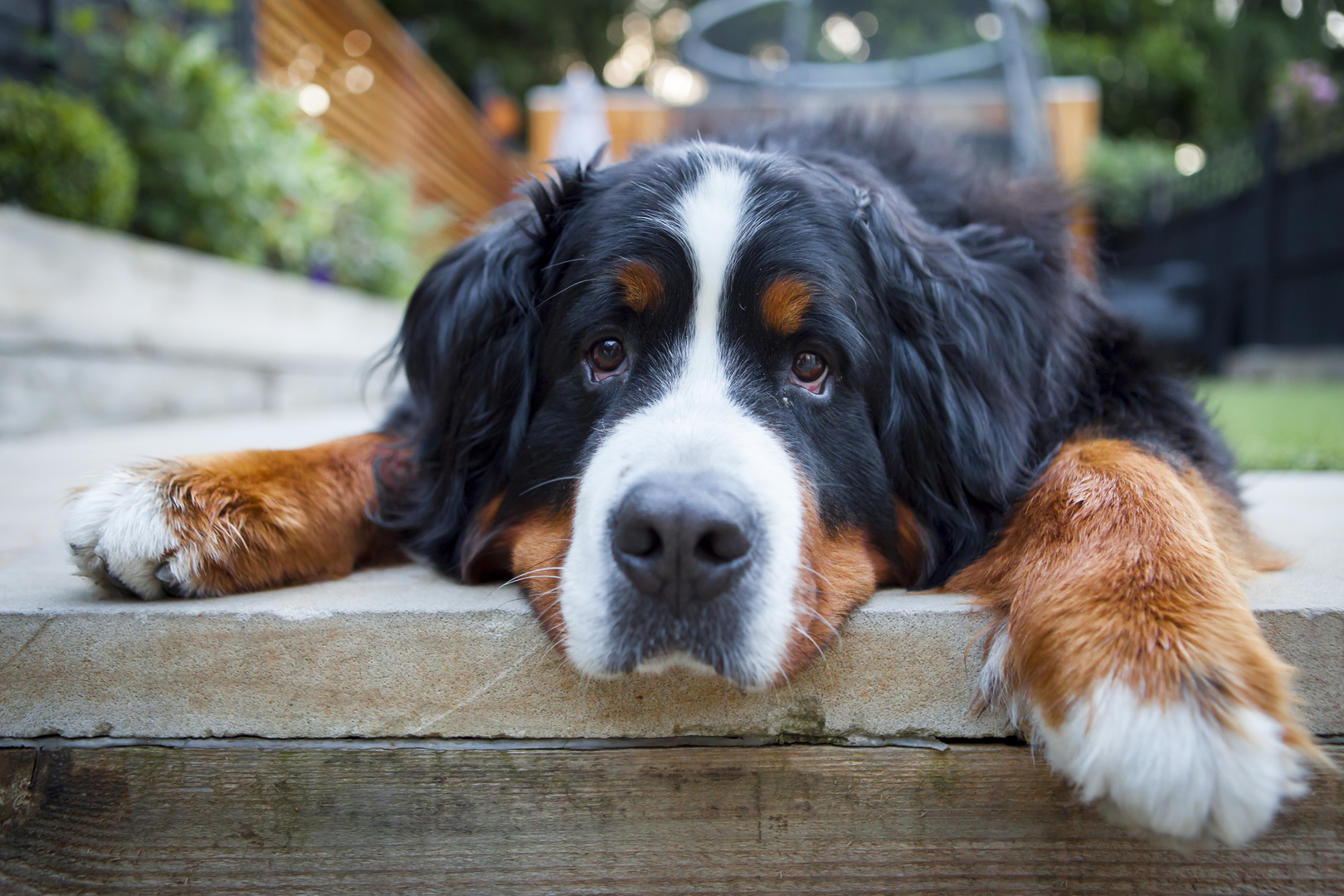
This giant breed is great for pet parents who spend time outdoors. Bernese Mountain Dogs have thick coats that will keep them warm while out and if you're up for the adventure they will have a fabulous time camping with you.
31. Samoyed
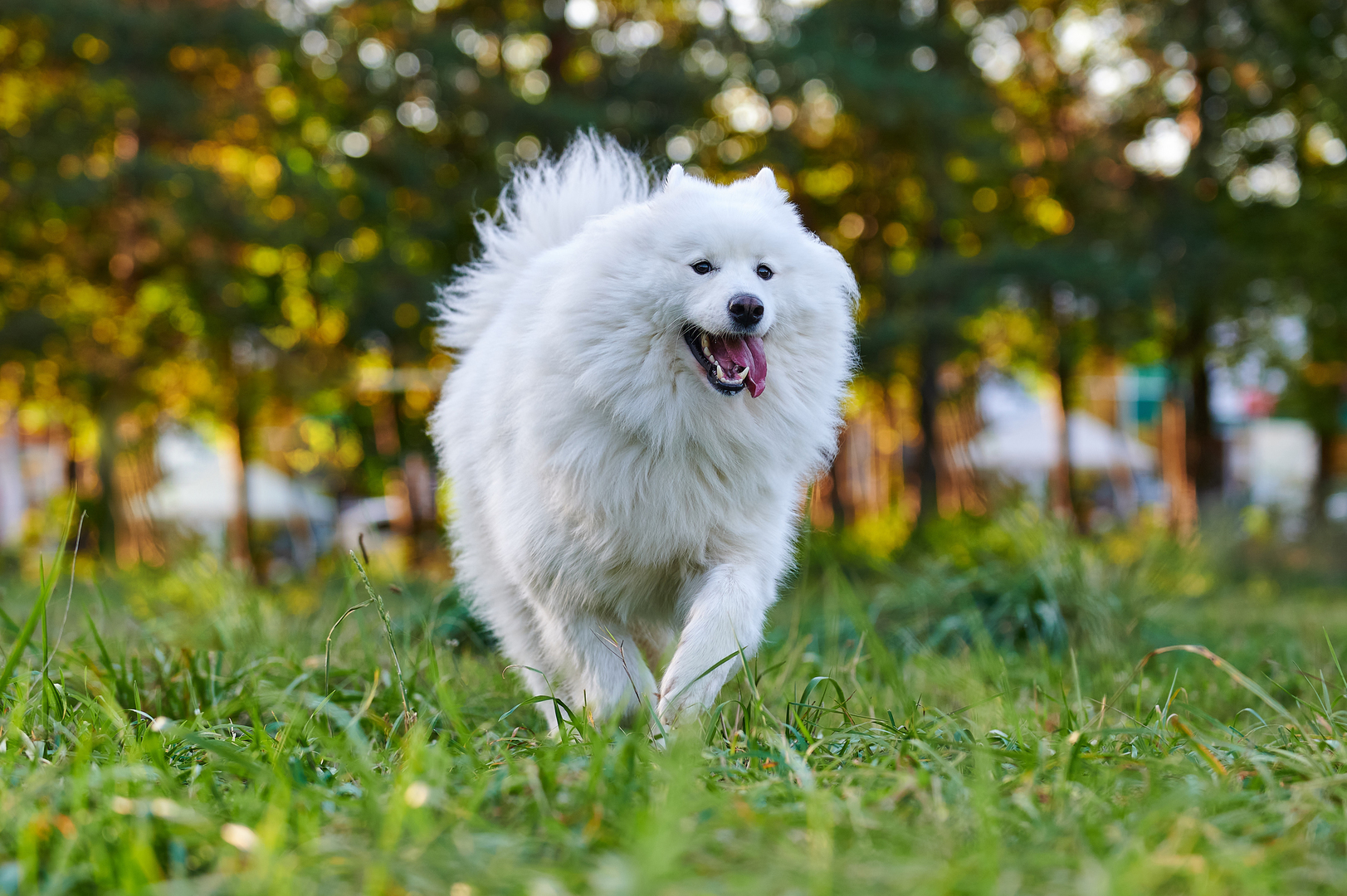
With their all-white coats, the samoyeds are strikingly beautiful. With a smile always on their face due to the upturned corners of their mouths, these pups are built for cold weather. So don't shy away from taking them out in the snow for a walk just make to read up on the top tips for walking your dog in the snow.
32. Goldendoodle
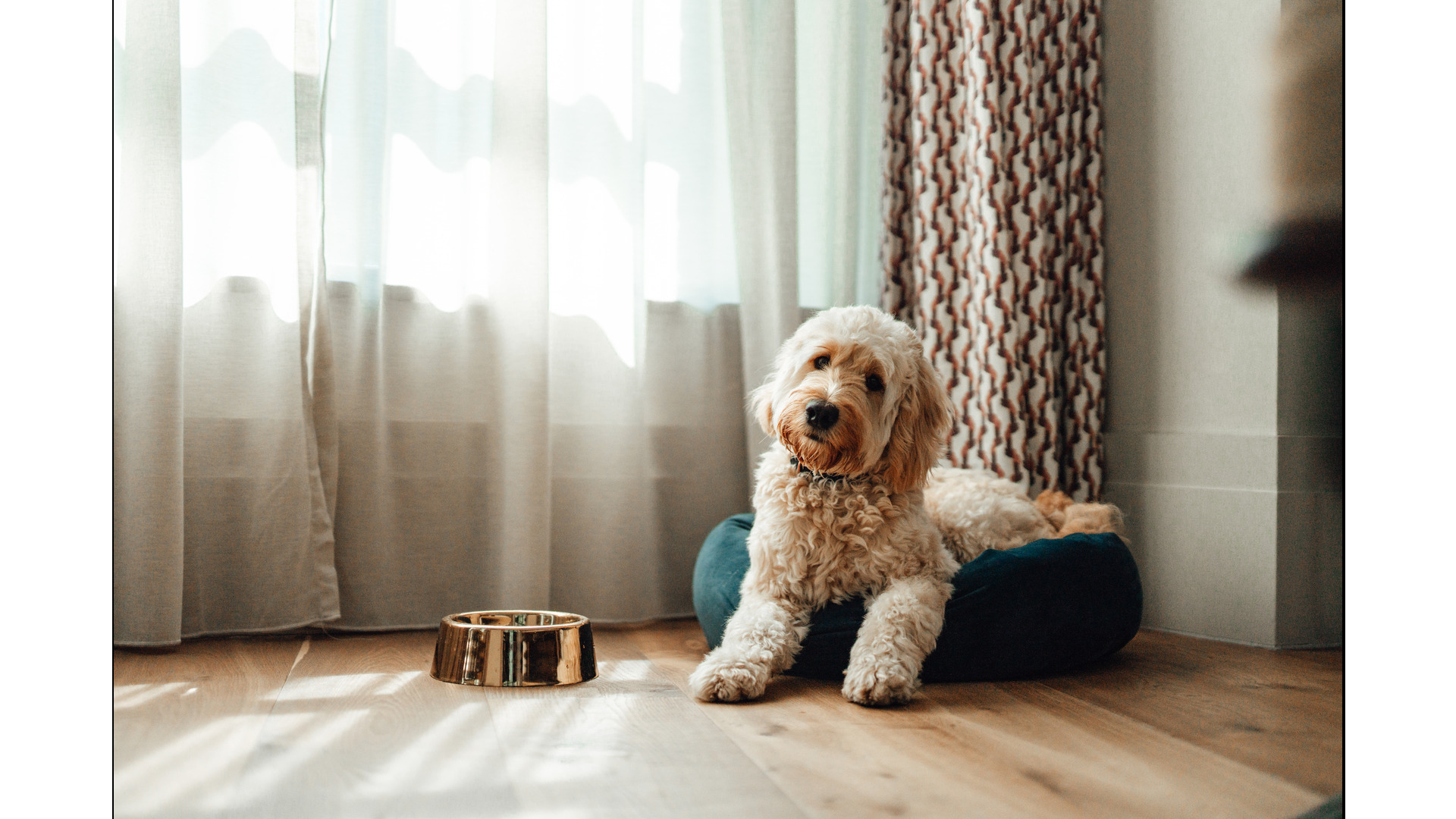
The goldendoodle are natural athletes and love showing off their skills. Take them to the beach for some swimming and sun or for a run around the dog park and they will be happy pups. They are also one of the many hypoallergenic dog breeds so will be perfect for pet parents with allergies.

Our staff writer, Alexis, is a digital content specialist and passionate pet advocate with a background in lifestyle journalism. Raised in a lively home filled with cats, dogs, and fish, she channels her lifelong love for animals into creating helpful, research-driven content for pet parents.
She collaborates with veterinary professionals to ensure accuracy and is currently pursuing additional pet care certifications.
A graduate of Bowling Green State University, Alexis has contributed to major UK and US publications, including Daily Mail, Space.com, and Black Women Rising Magazine.
